Image source : Google/Internet
What is stubble?
Stubble is the crop residue that remains in the fields after the crop is harvested. India produces more than 500 million tons of crop residue every year. While a significant quantity is used as fodder, the residue from wheat-rice crop system in northern India is disposed of by burning.
What is stubble burning?
The farmers burn the crop residue as a speedy and economical way of clearing the fields for sowing the next crop, though it has its negative effects on the soil health as well as environment as a whole as it releases harmful gases such as carbon dioxide, carbon monoxide, nitrogen oxides, particulate matter etc. into the air. However, it is believed traditionally that the fire helps to eradicate weeds and pests from the fields that can attack the upcoming crop.
Reasons for Stubble Burning :
In India, stubble burning has become more prevalent after the mechanization of harvesting process through combine harvesters. Traditionally, the harvesting was done by hand and whole plant was cut from near the ground. Subsequently, after thrashing out the grains, the straw was piled up and stored for use as animal bedding material or for thatching etc.
The combine harvesters cut the wheat and rice crop from the upper half of the plants leaving behind the stalks and spreading the straw in fields. As a result, the bulk of organic matter remains in the fields which should ideally be very useful if it decomposes and mixes with the soil. However, the process of decomposition is long and the farmers have to sow the next crop in within a period of few days/weeks. If the decomposing straw and stubble is left in the field, the tillage becomes difficult and also increases the risk of termite attack on the next crop.
Stubble burning is practiced on a greater scale after the harvest of paddy in comparison to the wheat, as the wheat straw is used for animal fodder, whereas rice straw is nutrient deficient and is not easily digested by the animals, so it is of little use in the rural community. Also, after the harvest of paddy, there is a limited time period for sowing the next wheat crop usually not more than a couple of weeks and any delay in leads to drop in yield.
The farming community in India has always been of limited resources and cannot afford to risk the next crop so, the most economical and faster method of disposal of stubble for a farmer is to burn it and clear the field for the next crop.
The burning of stubble has been banned by the legislation, however, the farmers continue to defy the ban due to lack of awareness and non-availability of alternatives that are affordable. At present, a farmer has to spend at least Rs.5000-6000 per acre to manually remove the stubble from the fields.
Alternatives to stubble burning:
(A) Happy Seeder for direct sowing of wheat –
There are many efficient ways of utilizing this stubble. It can be in-situ management using a machine such as “Paddy straw chopper-cum-spreader” to shred and plough back in the fields where it decomposes and retains the soil fertility. However, there is a divergent viewpoint regarding in-situ straw management as some experts are of the opinion that it may lead to higher methane emissions that is more harmful than carbon dioxide. They argue for converting the stubble into compressed biogas (CBG) and the residue can be used as farm yard manure.
Recently IARI, New Delhi has developed a bio-decomposer which has the capability to turn the stubble into manure in a matter of 15-20 days by accelerating the decomposition process.
Crop diversification such as encouraging mushroom cultivation and replacing the long duration crop varieties with early maturing varieties could helpful in the controlling this practice.
The innovation in farm machinery is also required to tackle this problem. An example of this is the machine called “Happy Seeder” developed by Punjab Agriculture University, Ludhiana that is capable of sowing wheat seed without the need to burn the straw and stubble. The researchers have found that the use of happy seeder reduced greenhouse emissions upto 78% besides improvement in crop yield. However, this not affordable for all farmers even after being subsidized and also requires a tractor of more than 45 hp taking it out of reach of small and marginal farmers.
(B) Biomass Power Plant –
Another solution would be to make the stubble a source of income by developing and establish an industrial infrastructure that uses stubble as a raw material. This includes biomass power plants and brick klins that can use stubble as a fuel, small scale industries that makes paper, packaging material or disposable utensils/cutlery using the straw, promoting mushroom cultivation etc.
(C) Paddy straw trays –
“Alternatives to stubble burning are not popular because they impose additional operational expenses, often from the farmer’s pocket. On the other hand, stubble-burning only requires a matchbox. Further, most of the custom hiring centers are also unwilling to purchase expensive machinery upfront – as they can be operated only for 15 days in a year, after which they have no use.”
As such, the ways have to be found to either make the straw a source of income for the farmer or provide incentives to enable him to adopt the alternatives to stubble burning.
References:
- agriculturejournal.org
- researchmatters.in
- researchermatters.in
- thetribuneindia.com
- science.thewire.in
- bio4pack.com
Jaspreet Singh
Senior Manager (Environment)
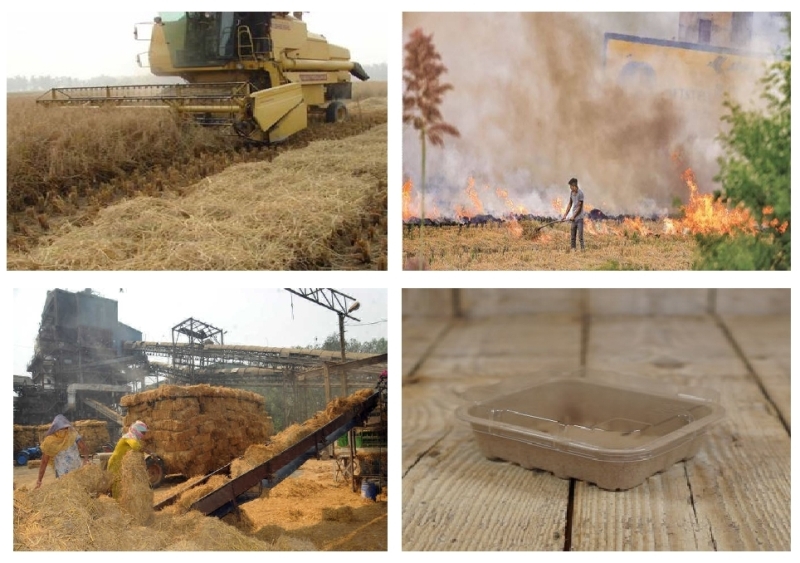


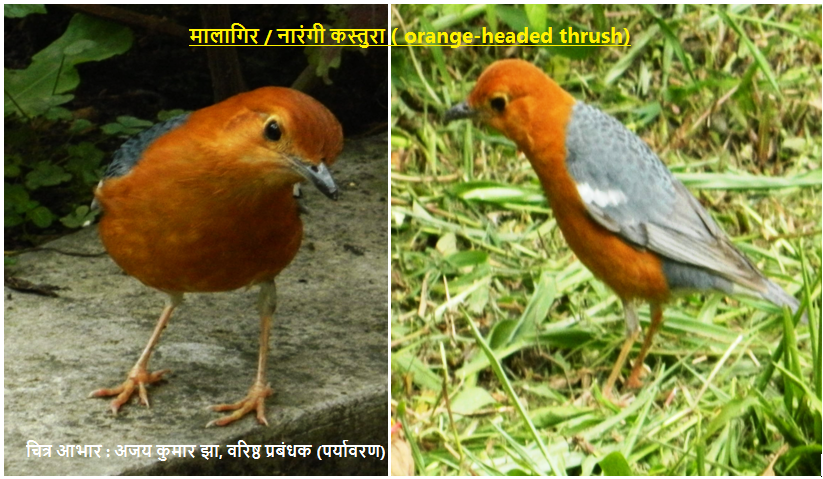











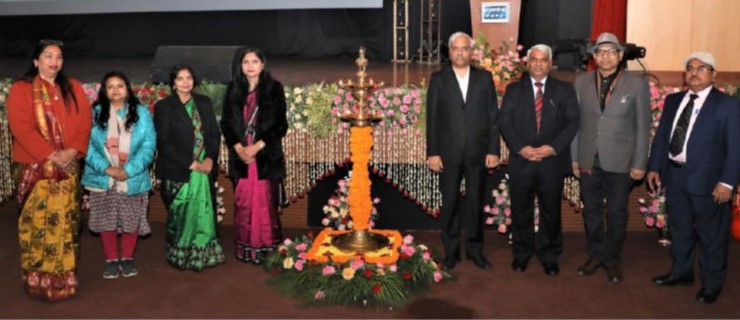
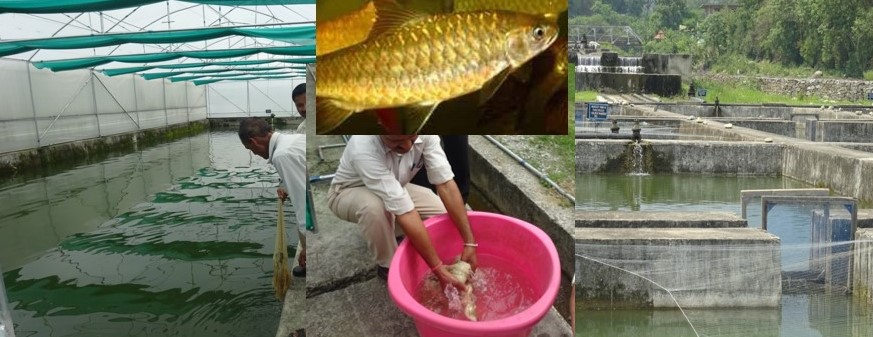




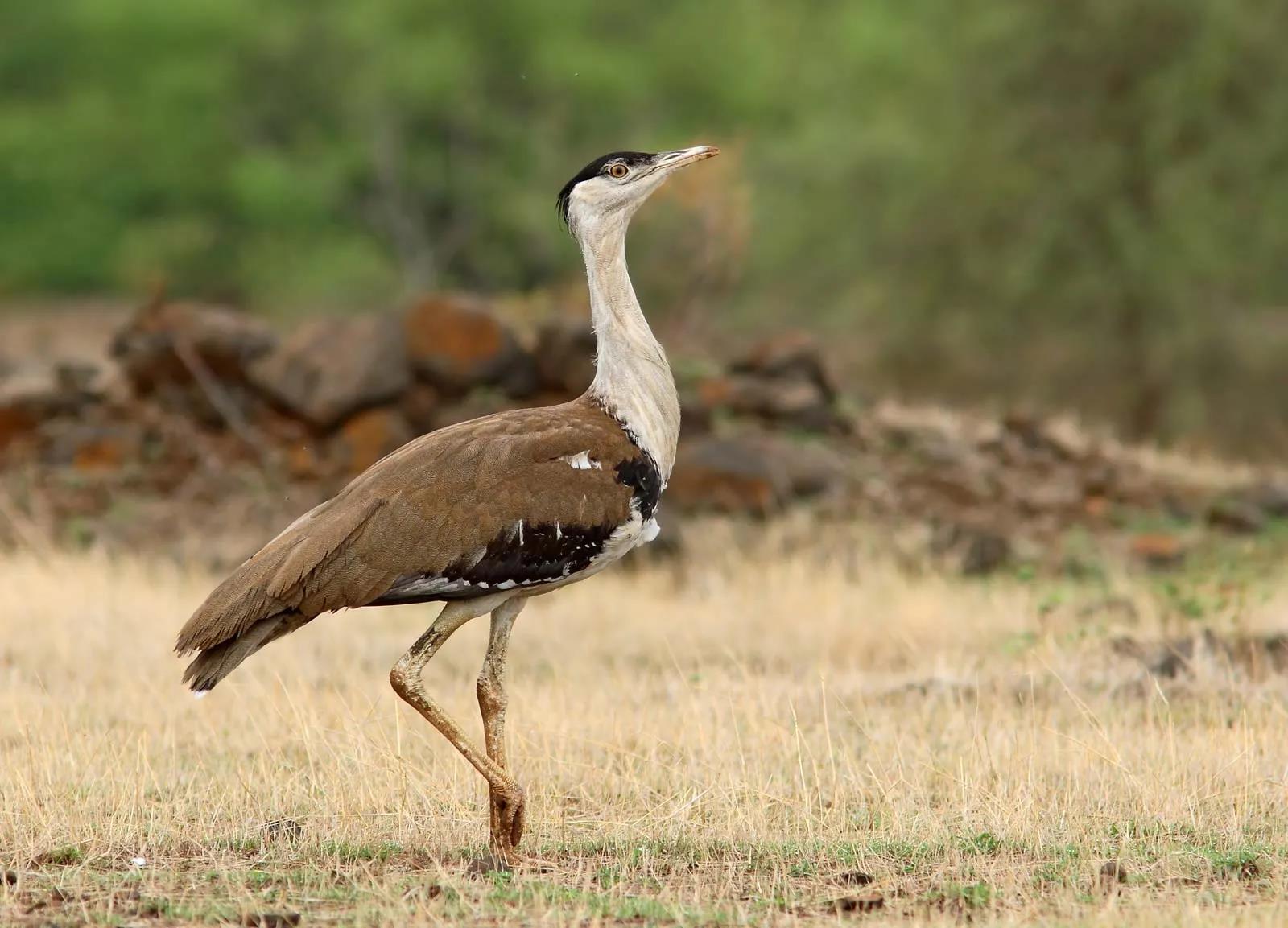
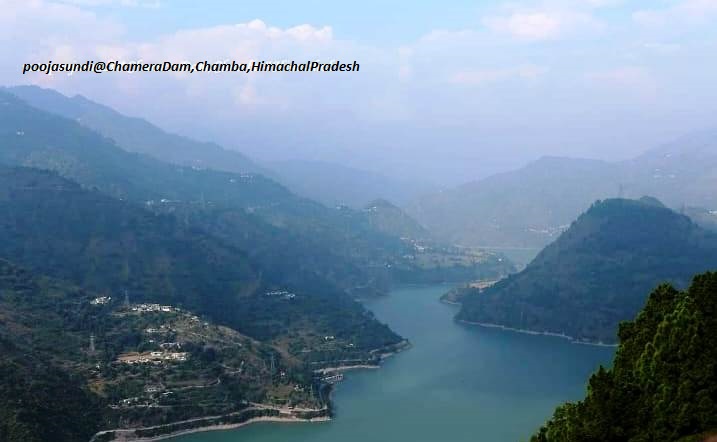
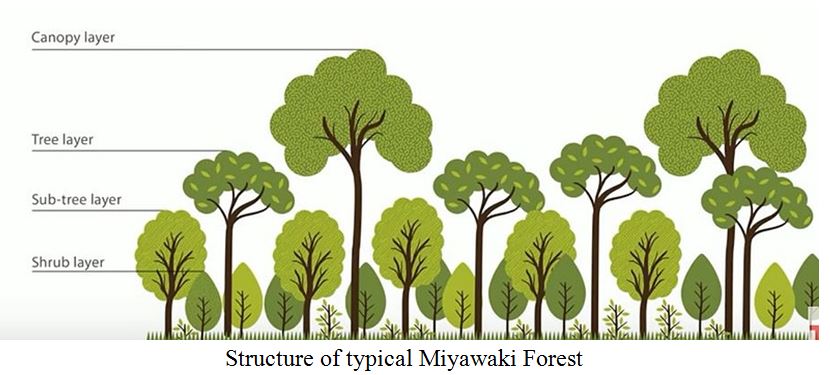
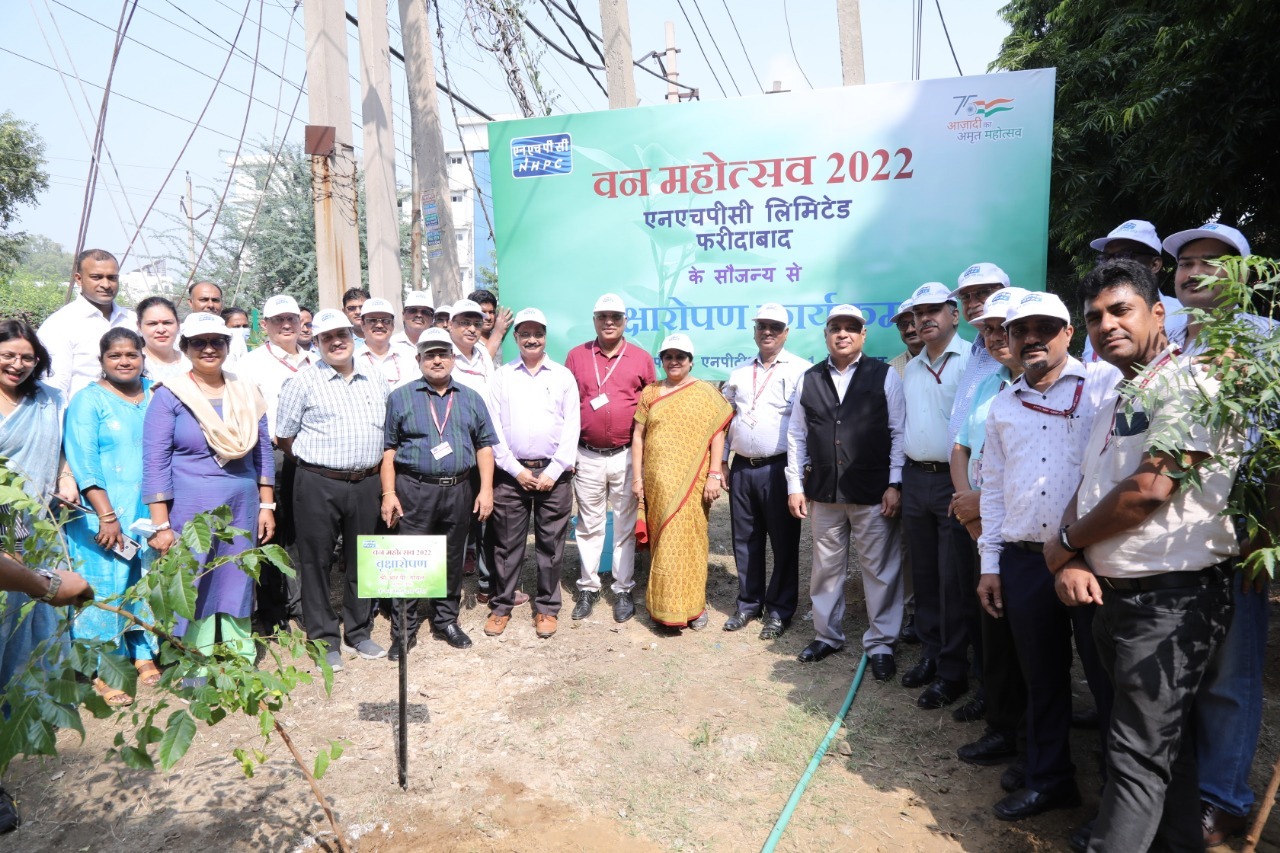
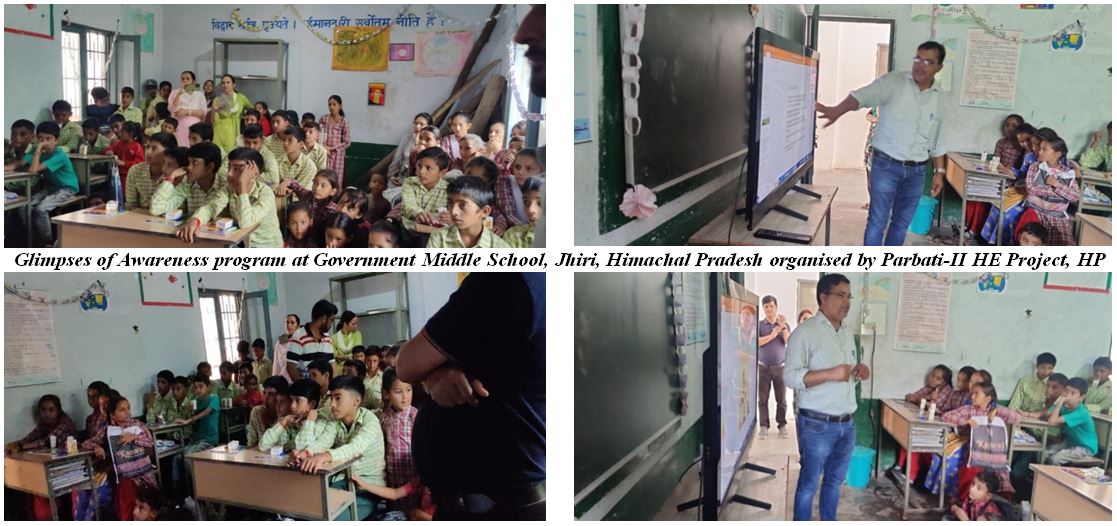

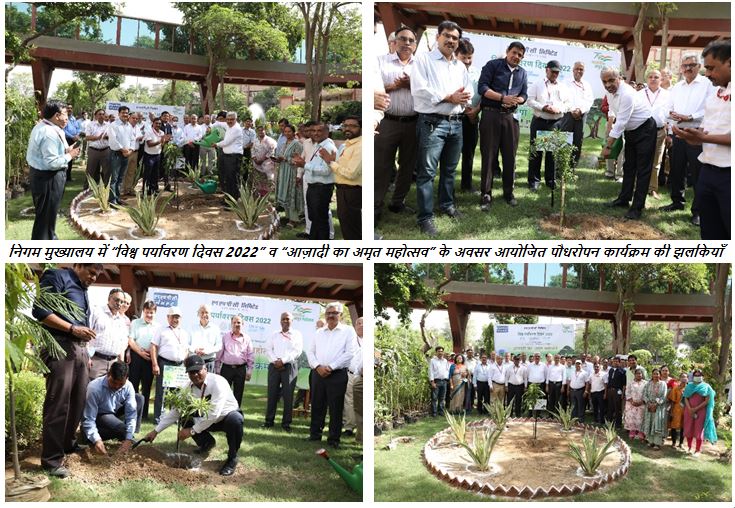
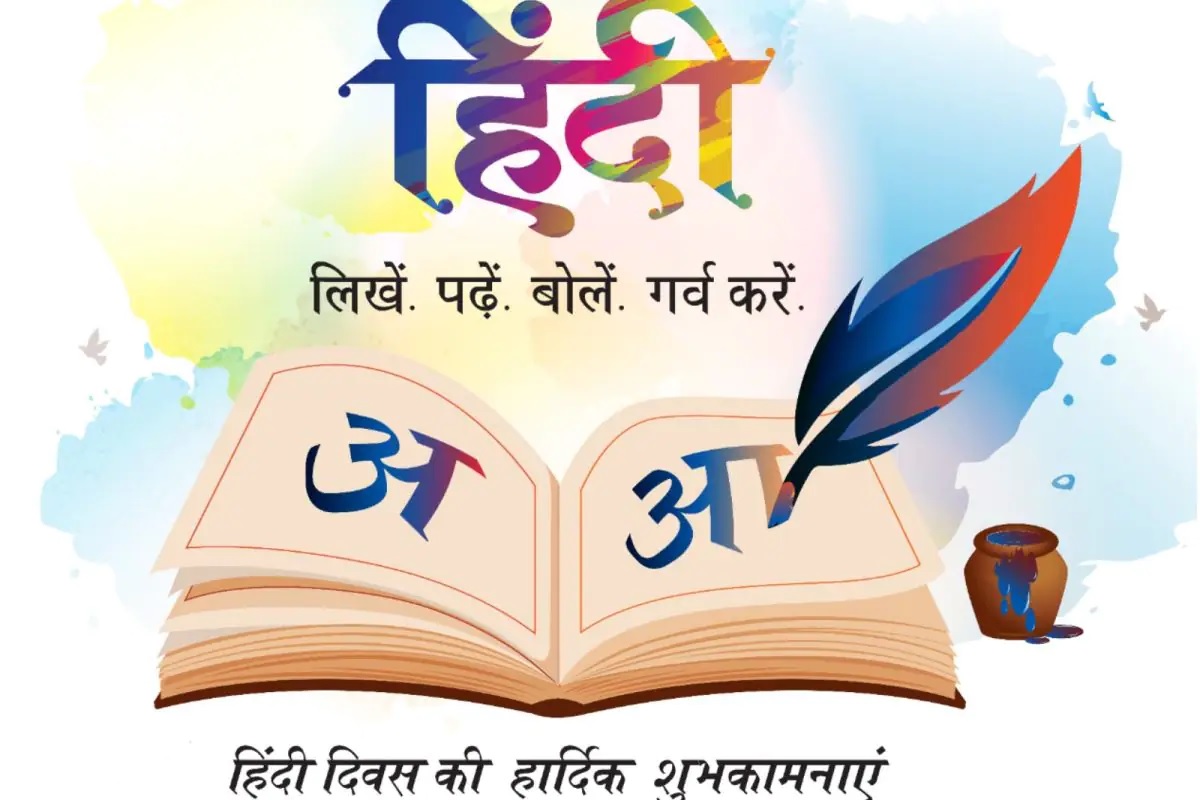
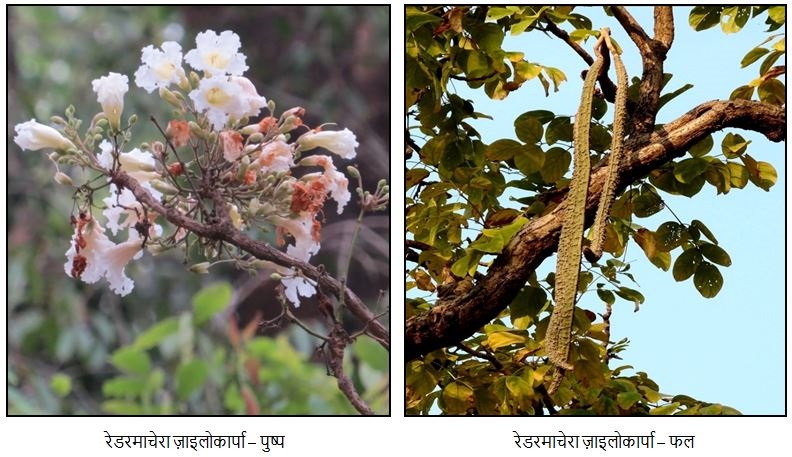










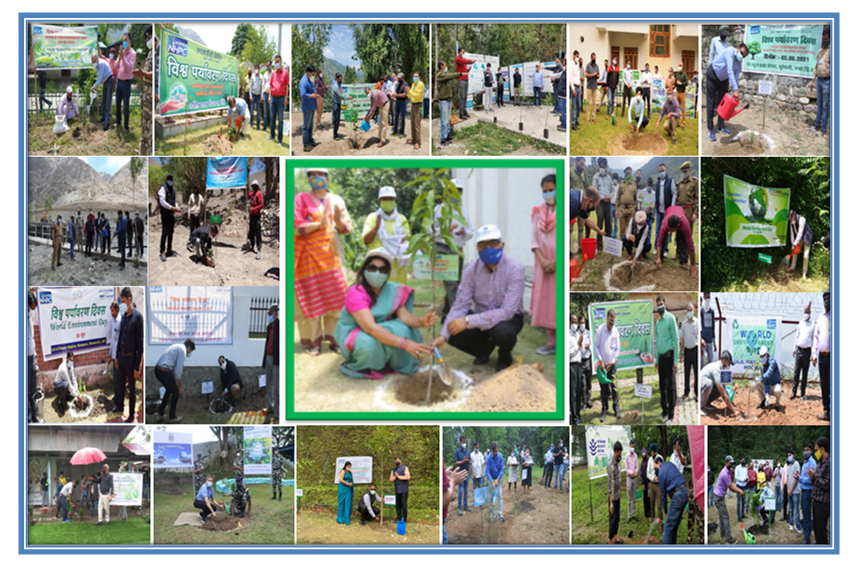

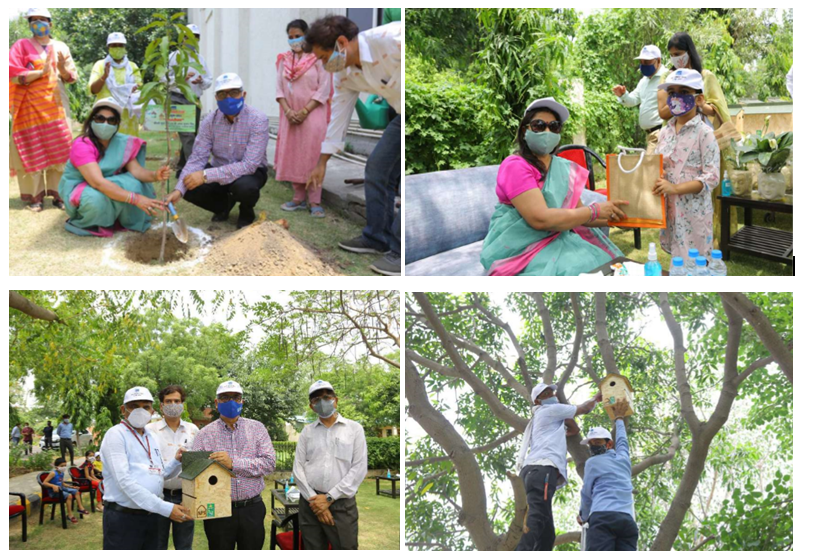















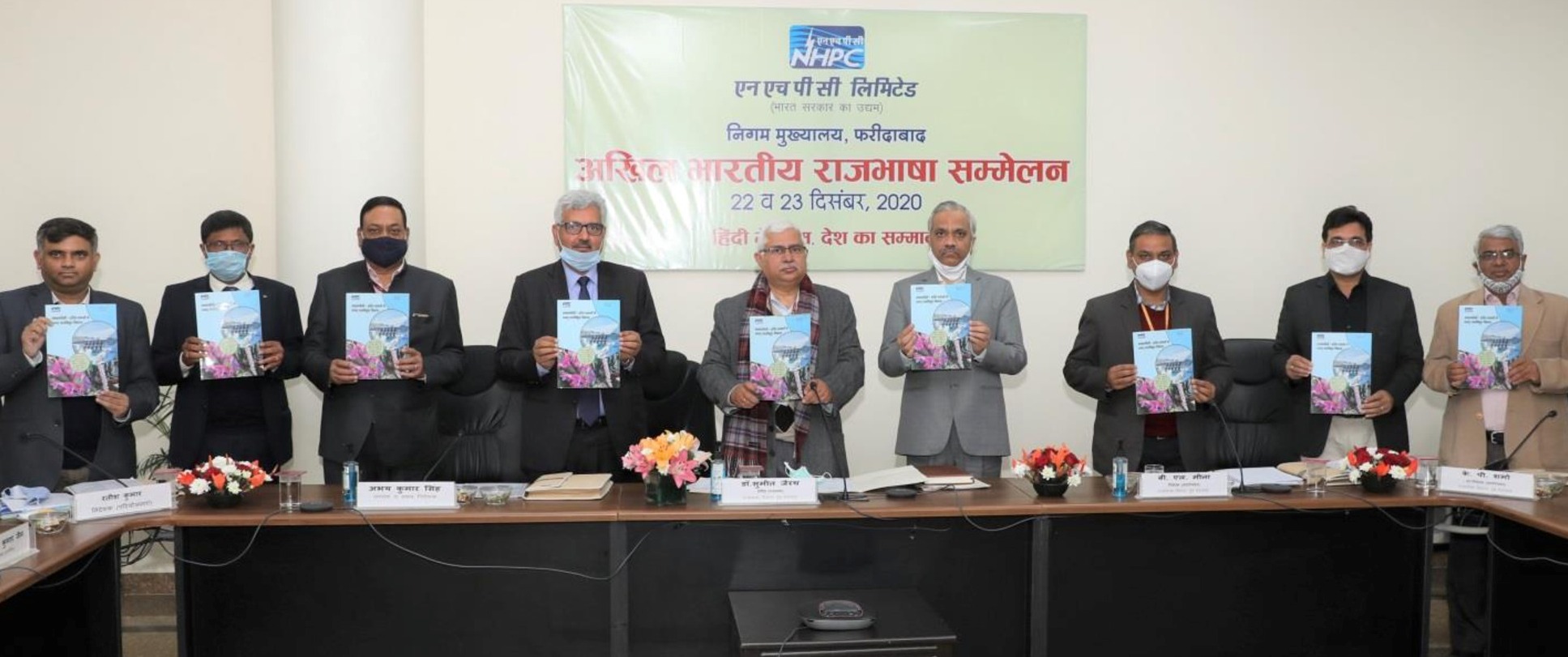







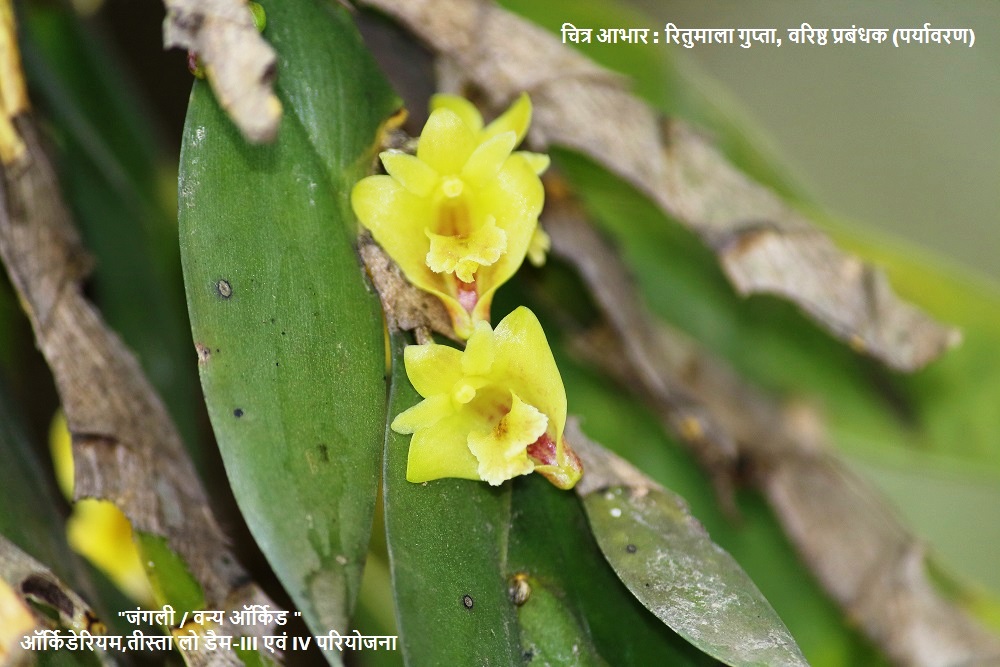

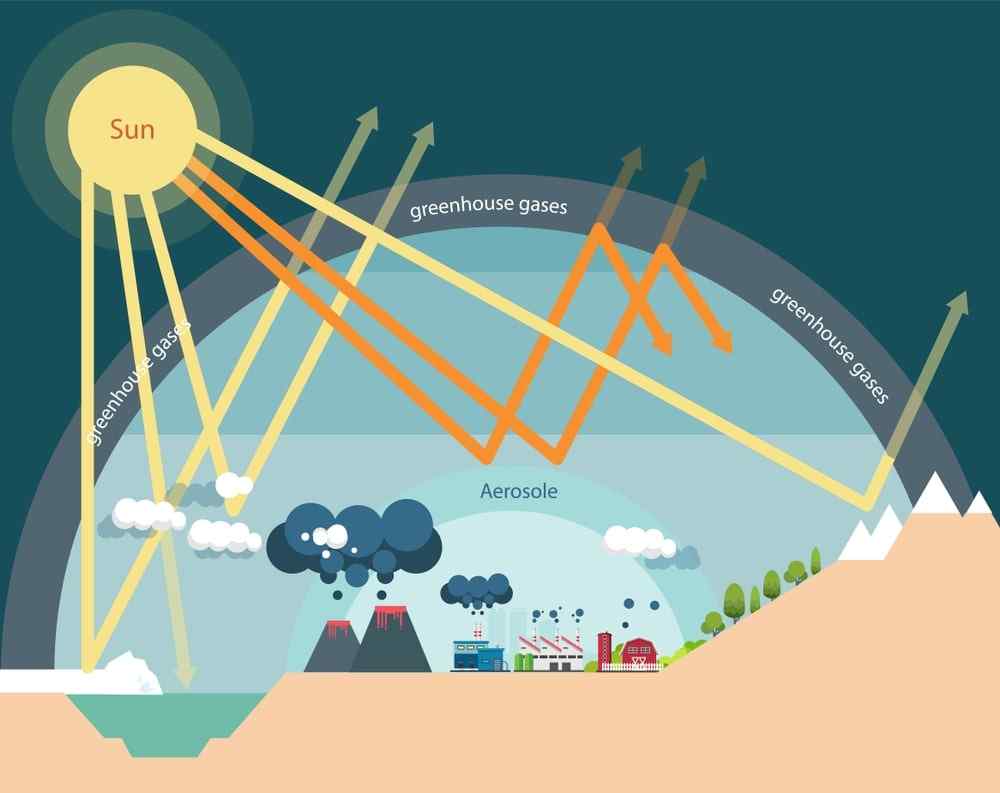
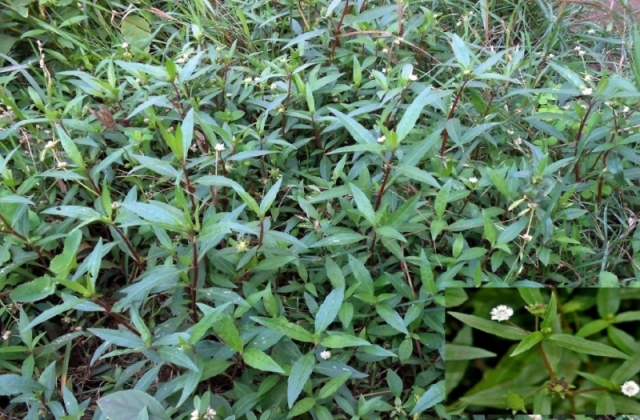
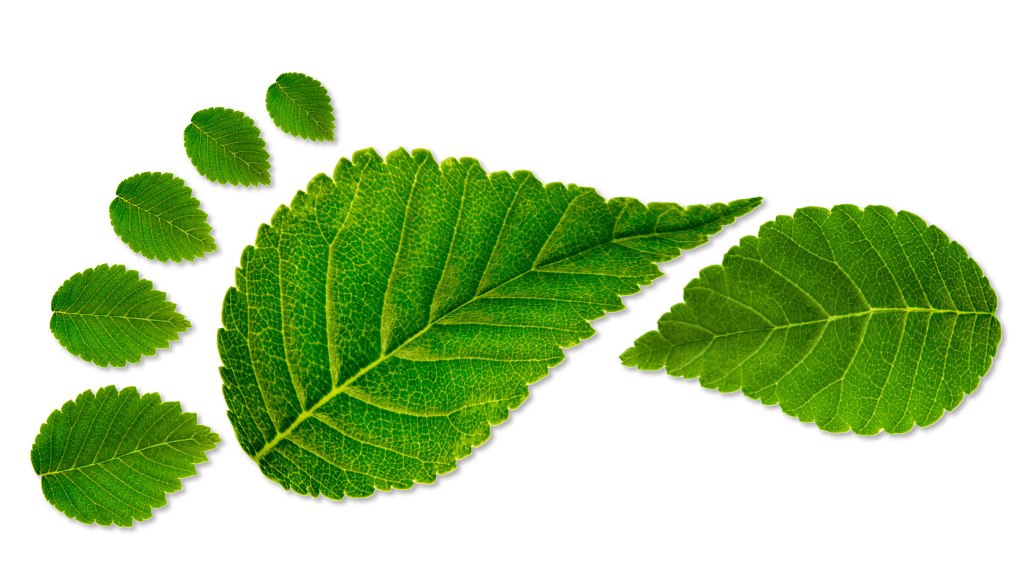






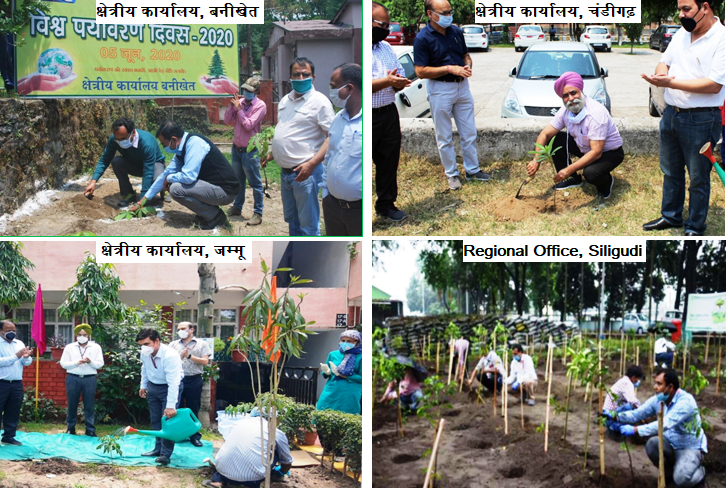
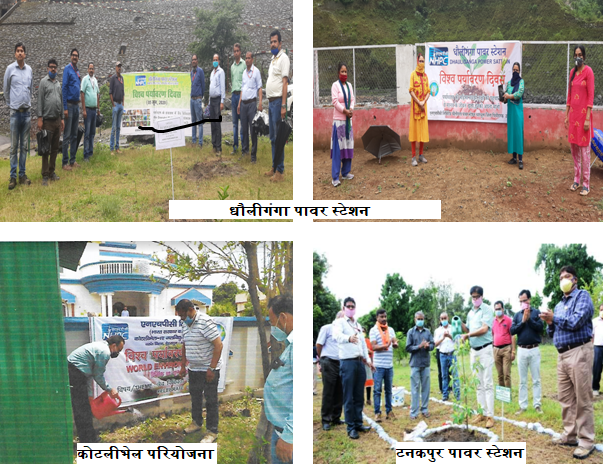
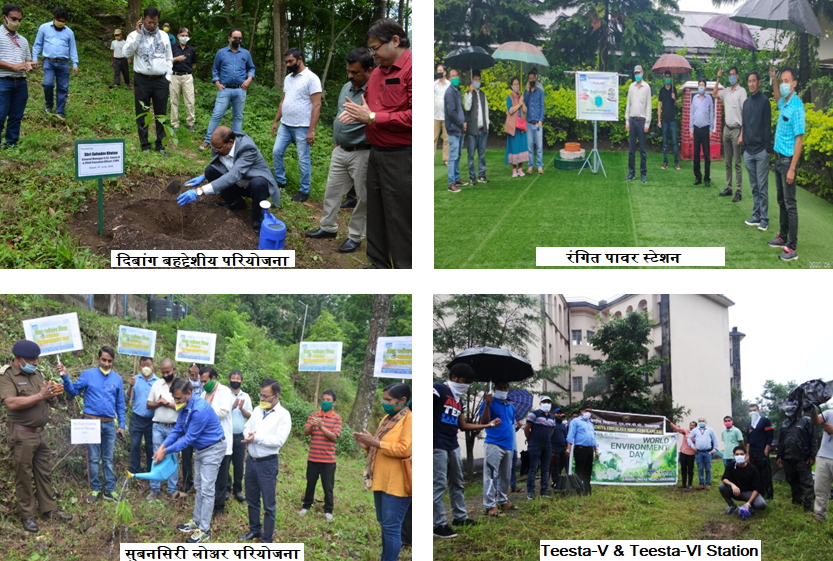
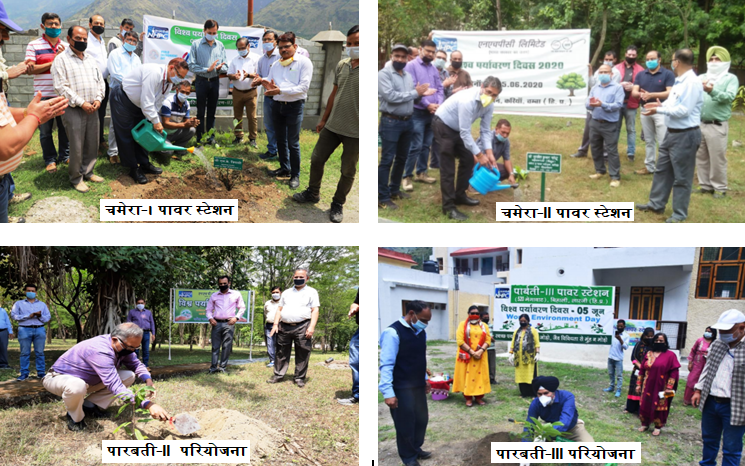
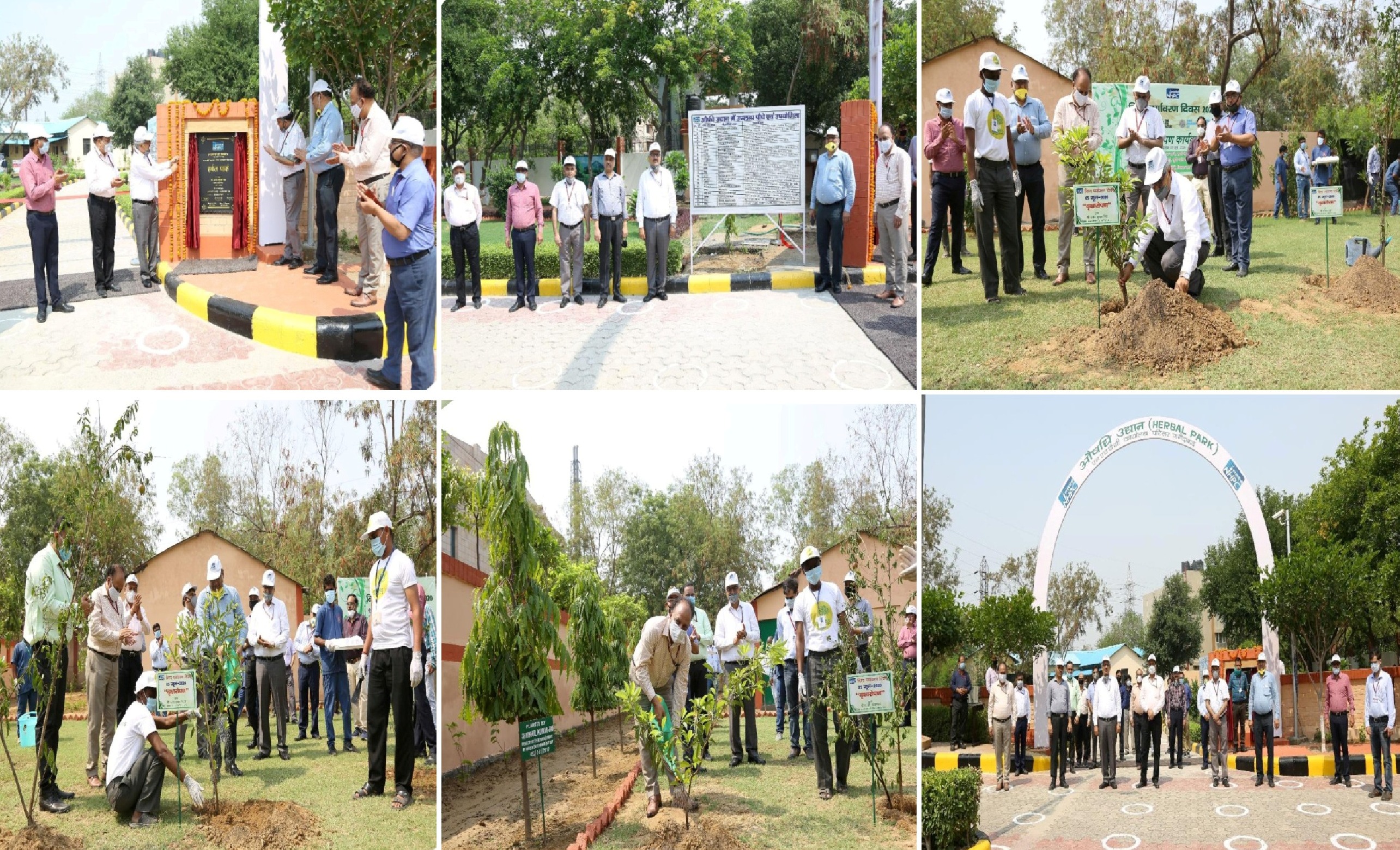
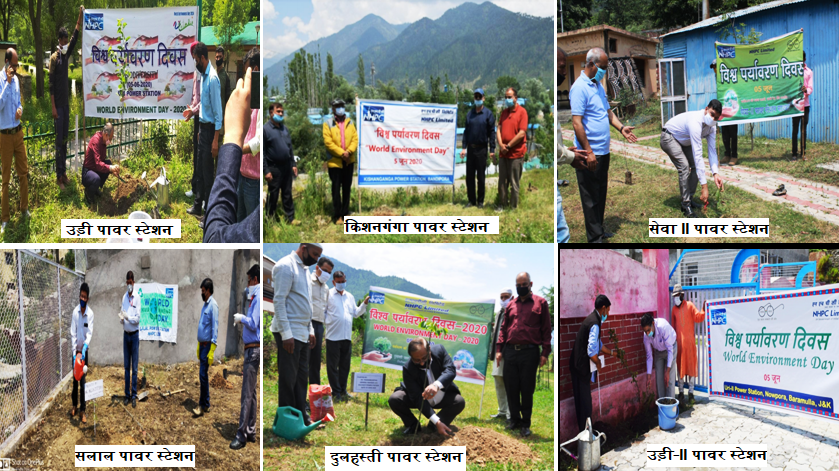
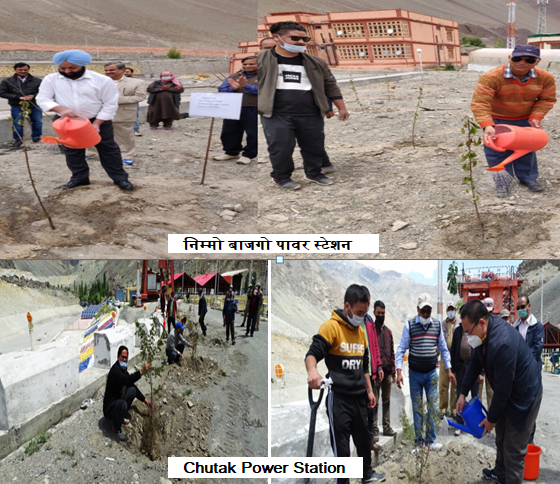
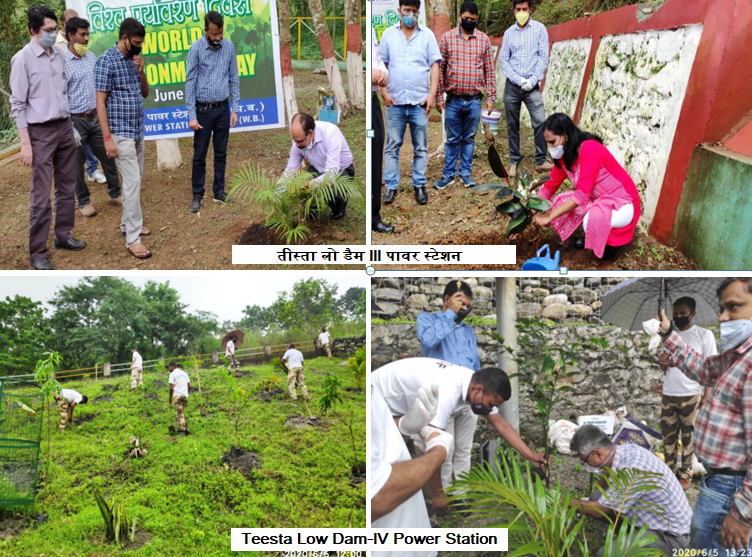
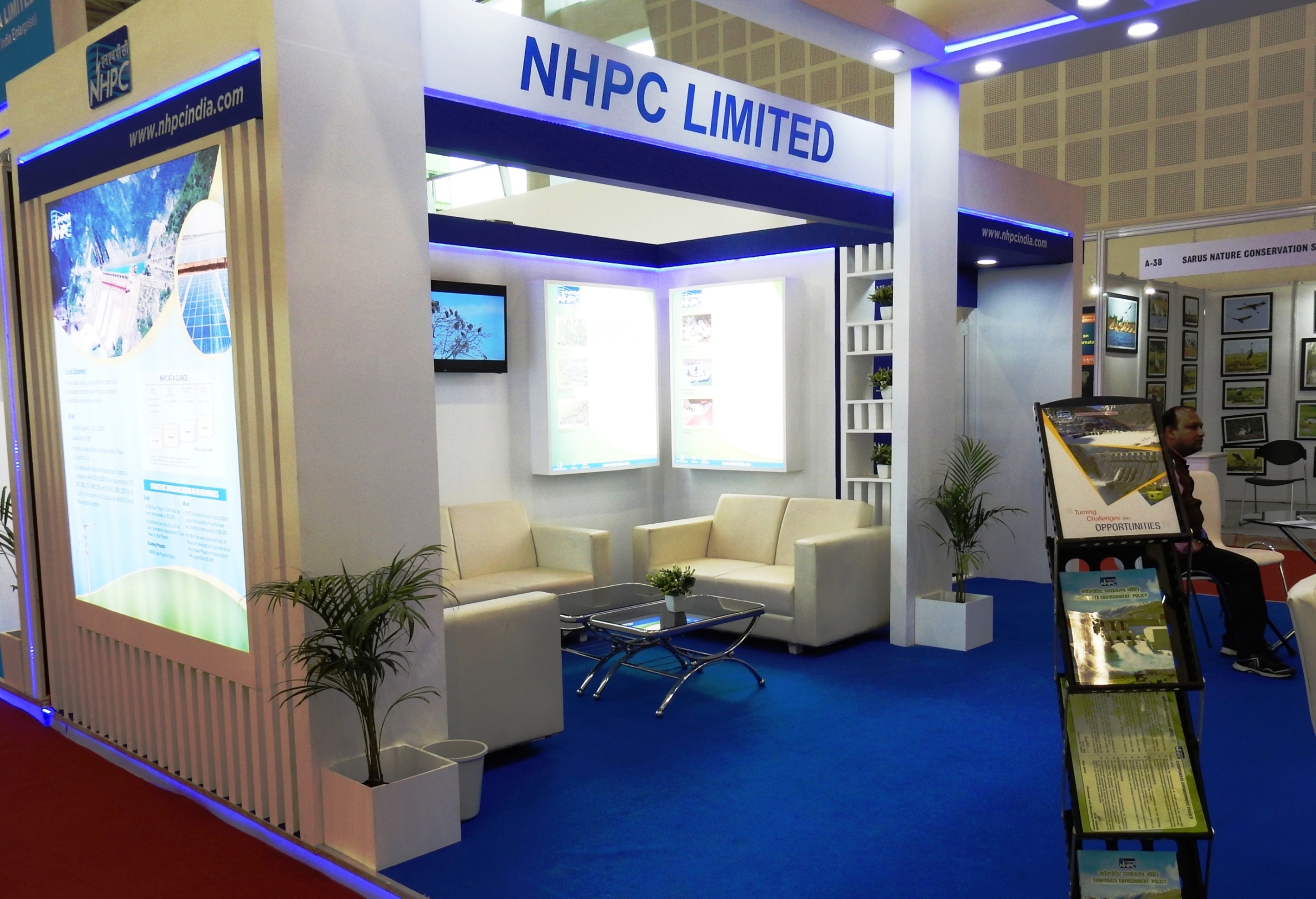

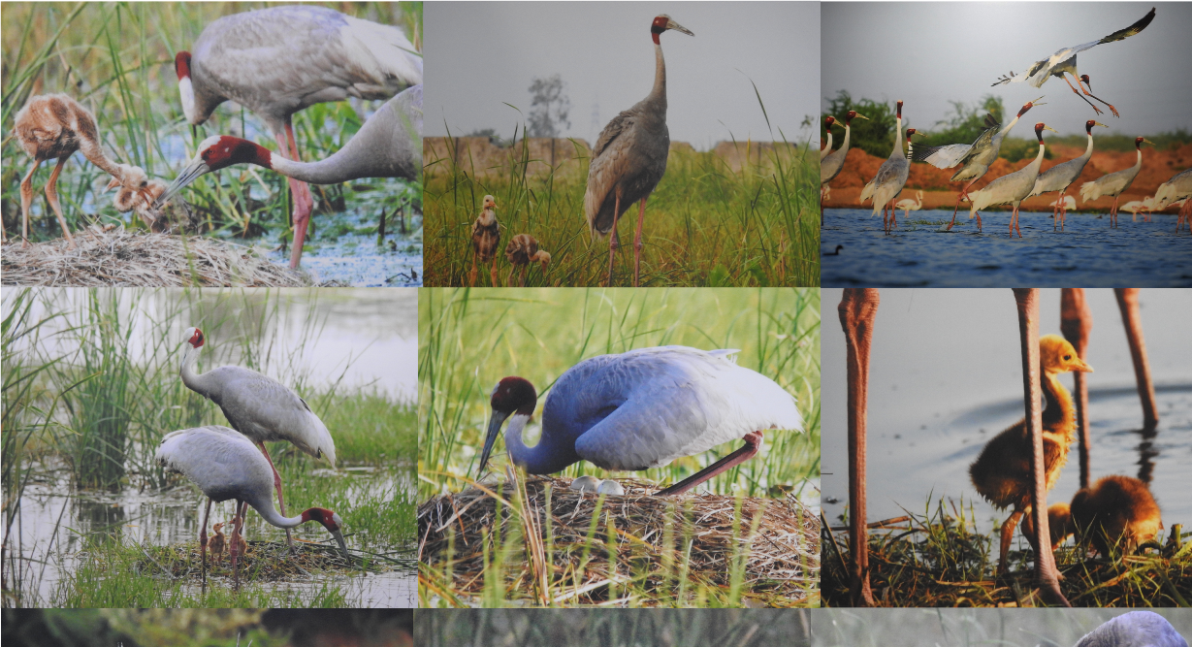


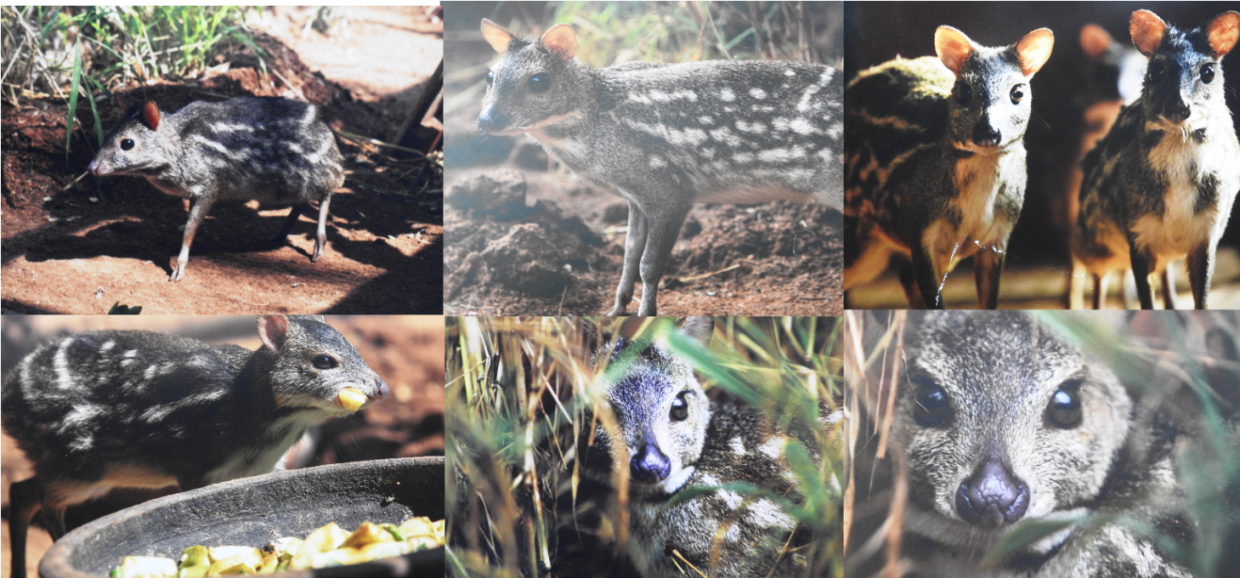


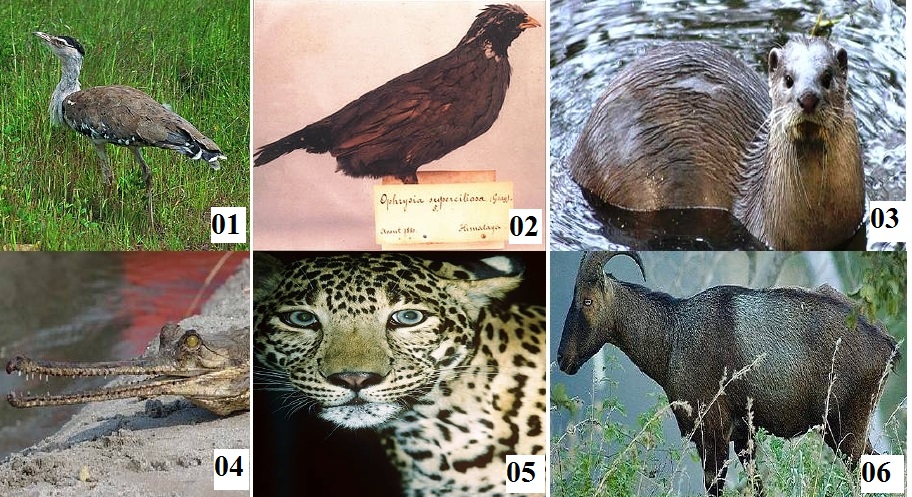
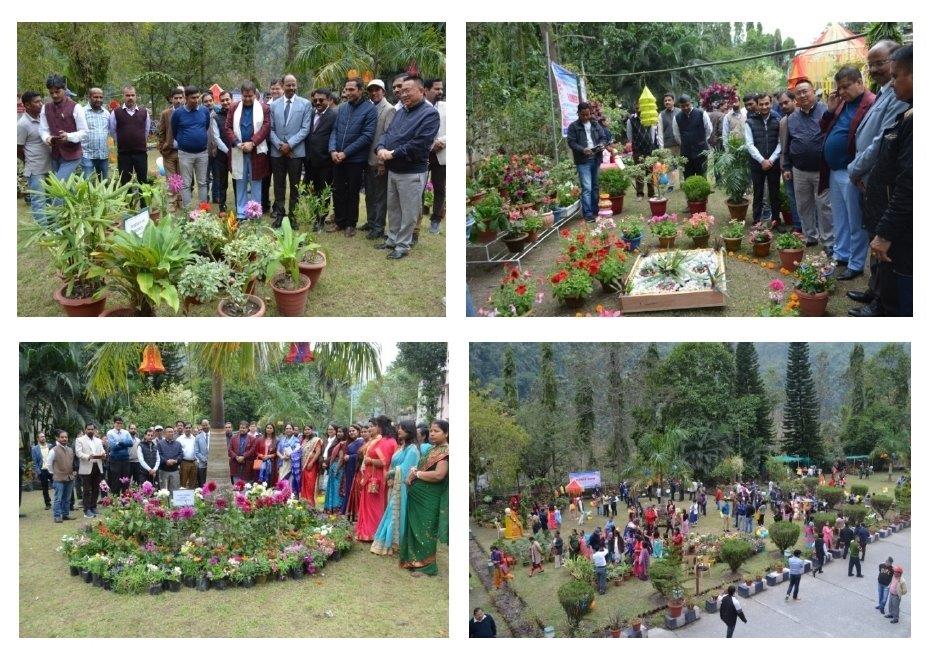
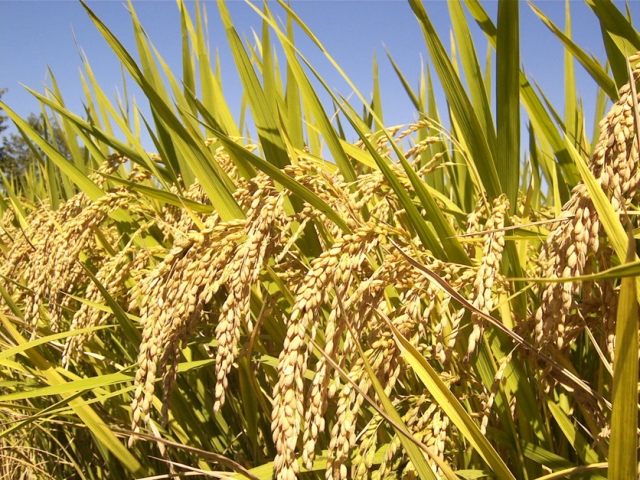
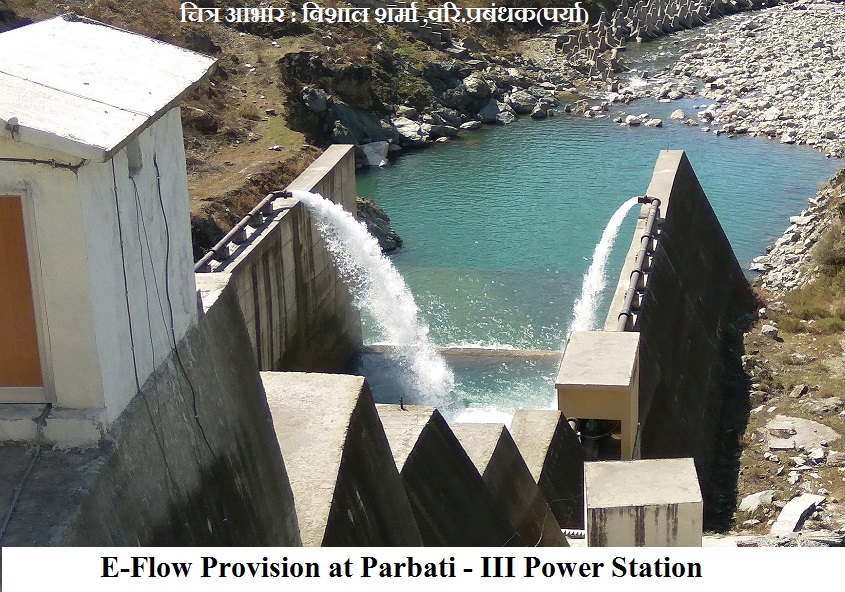

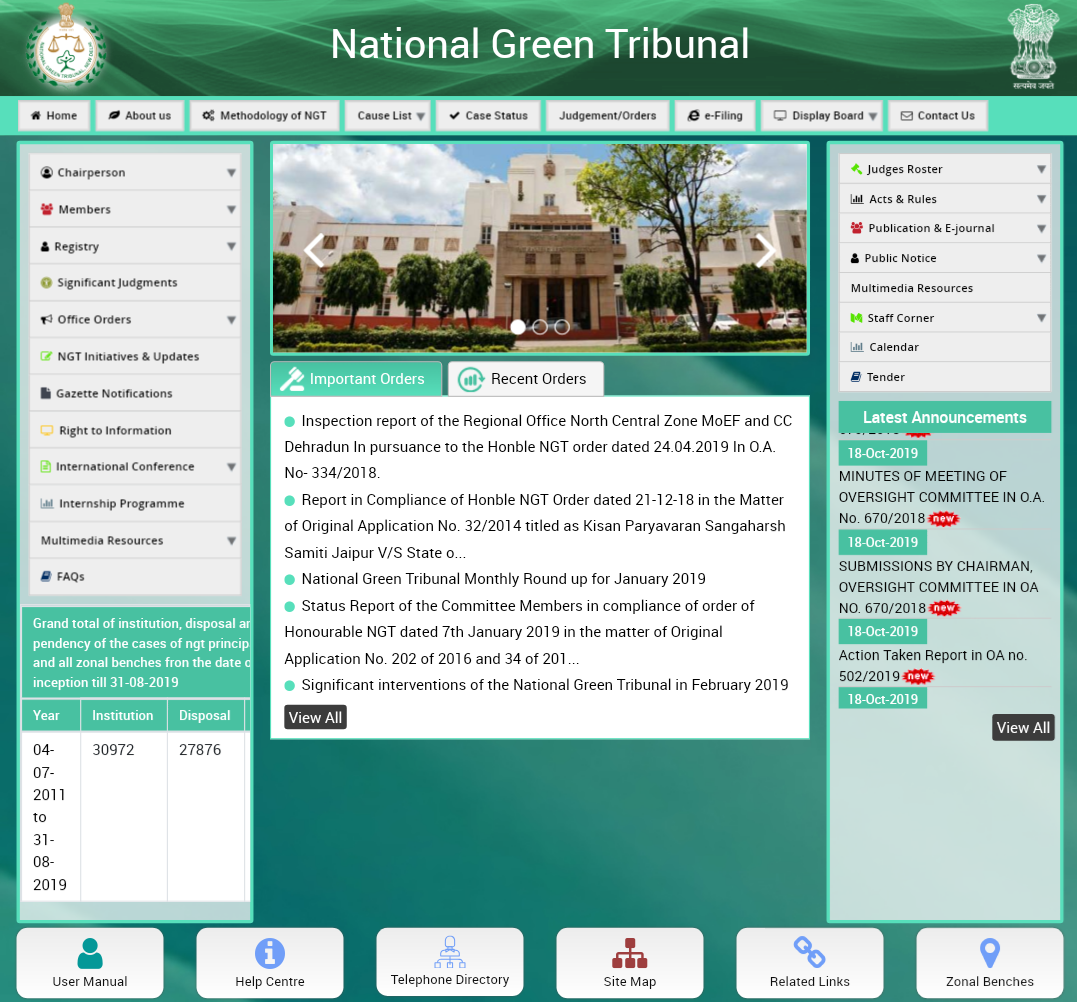
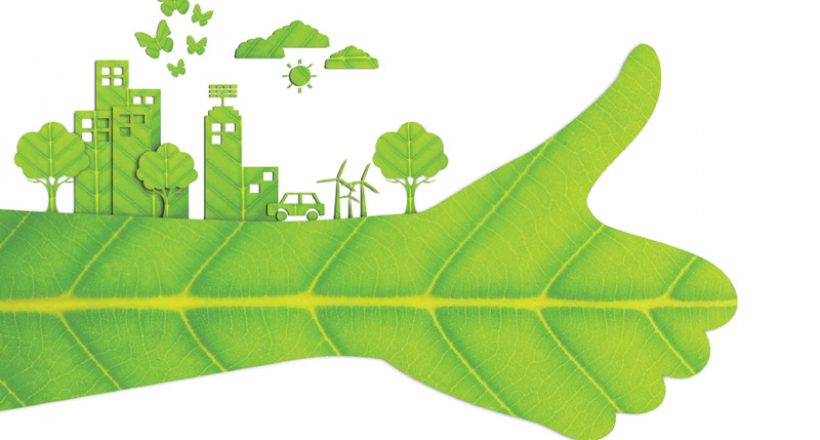
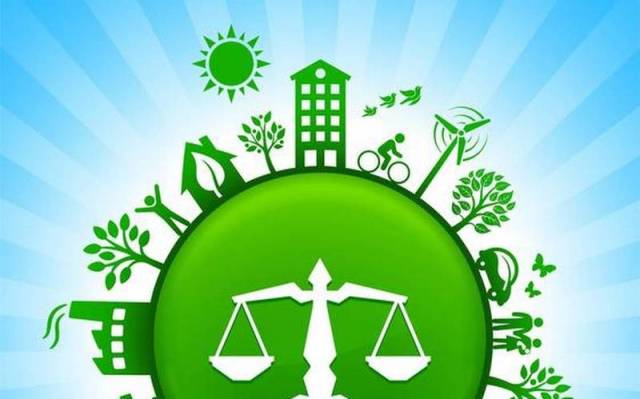



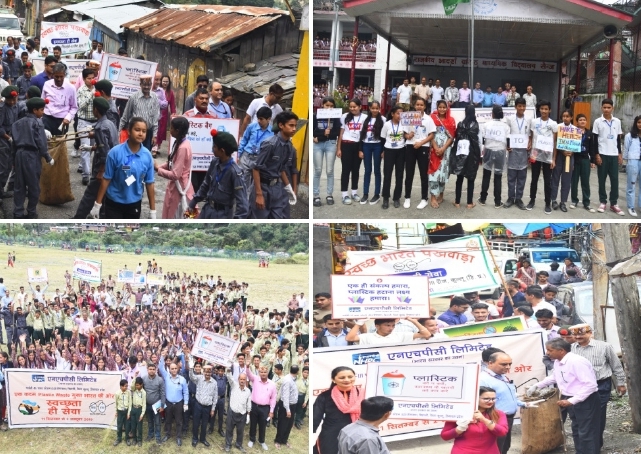

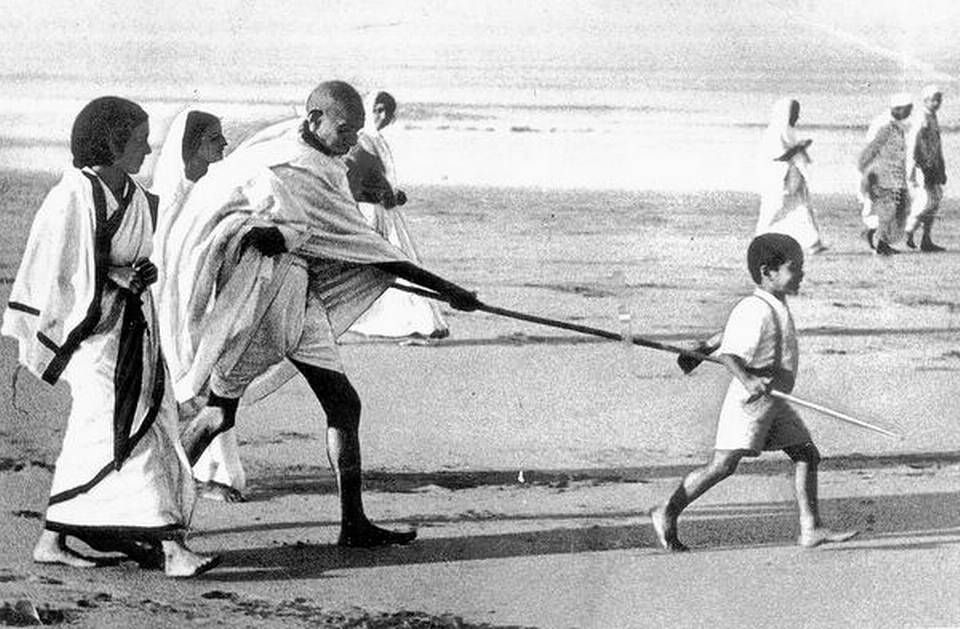
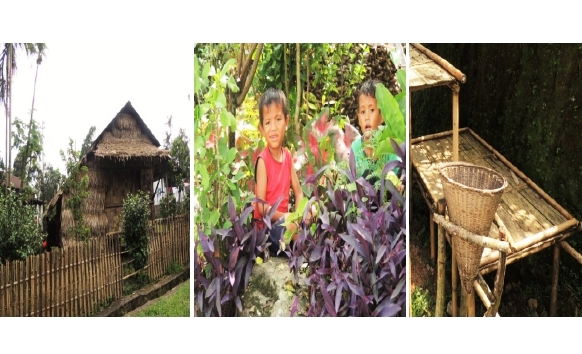

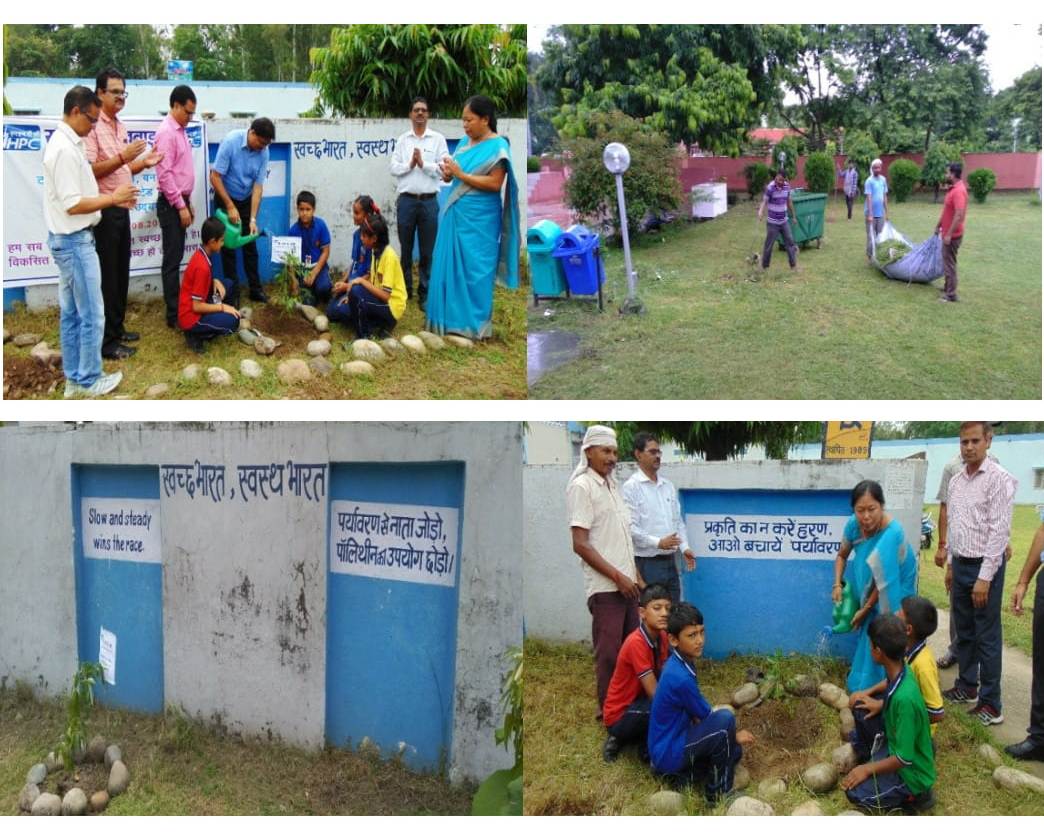


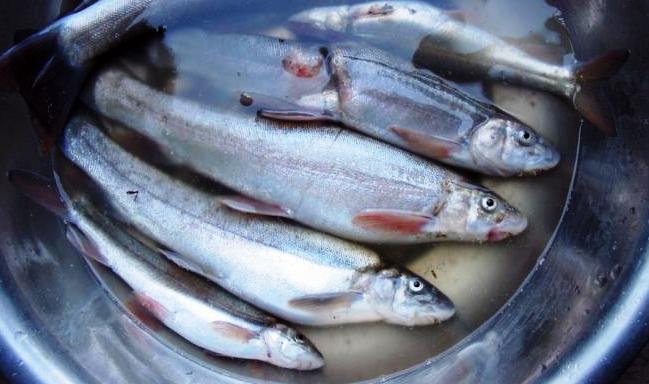


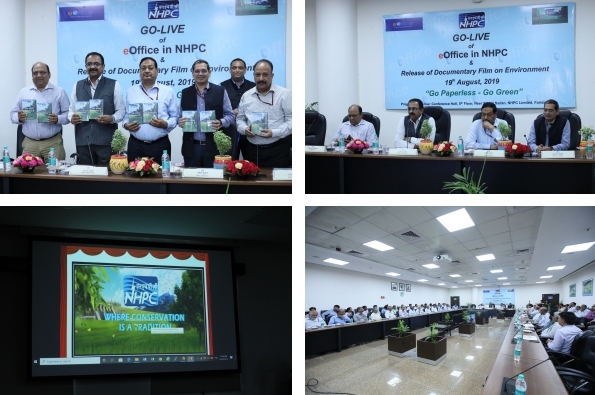
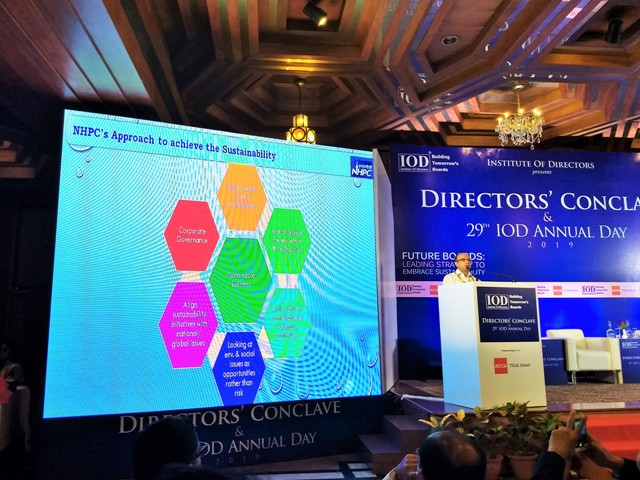
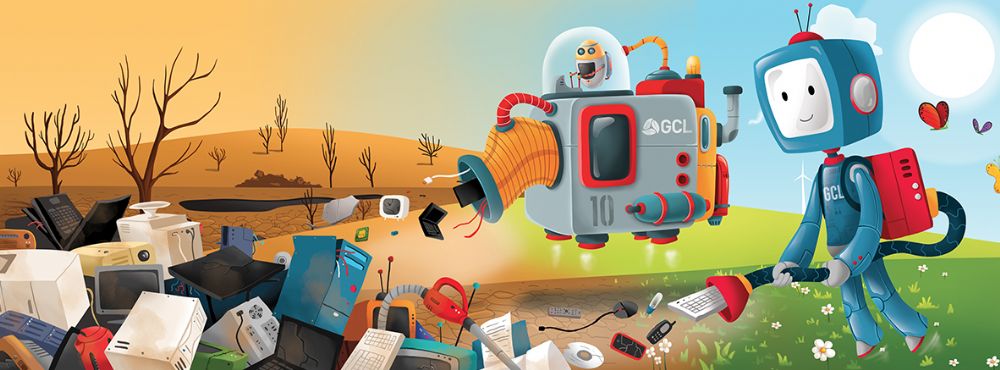
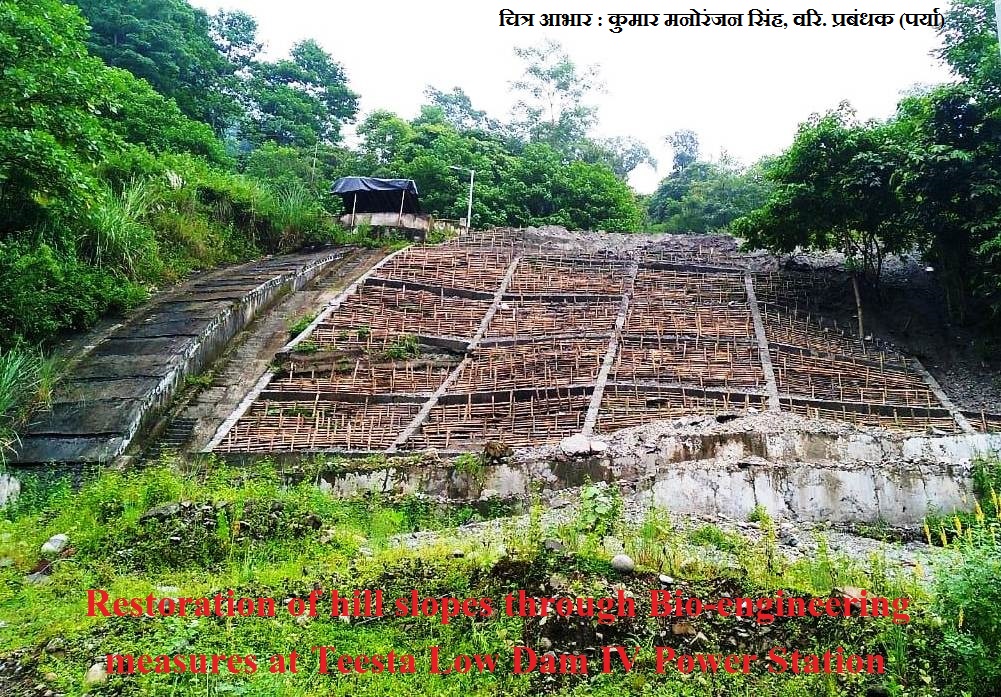

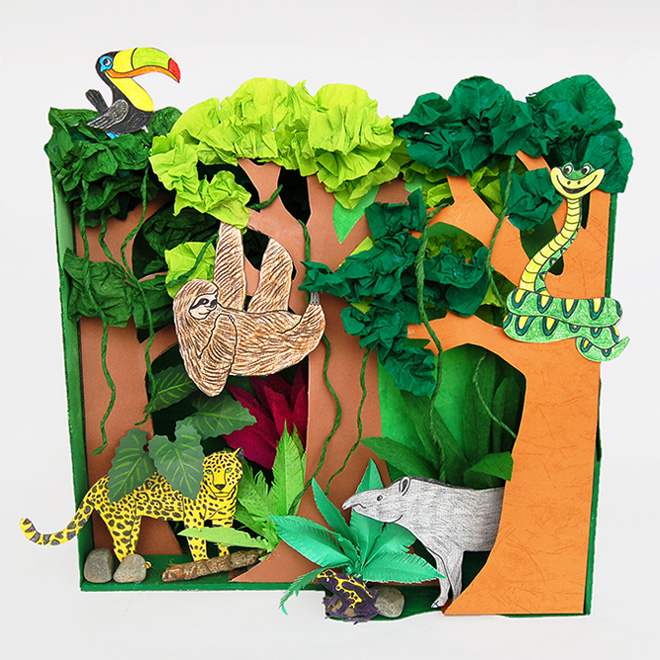
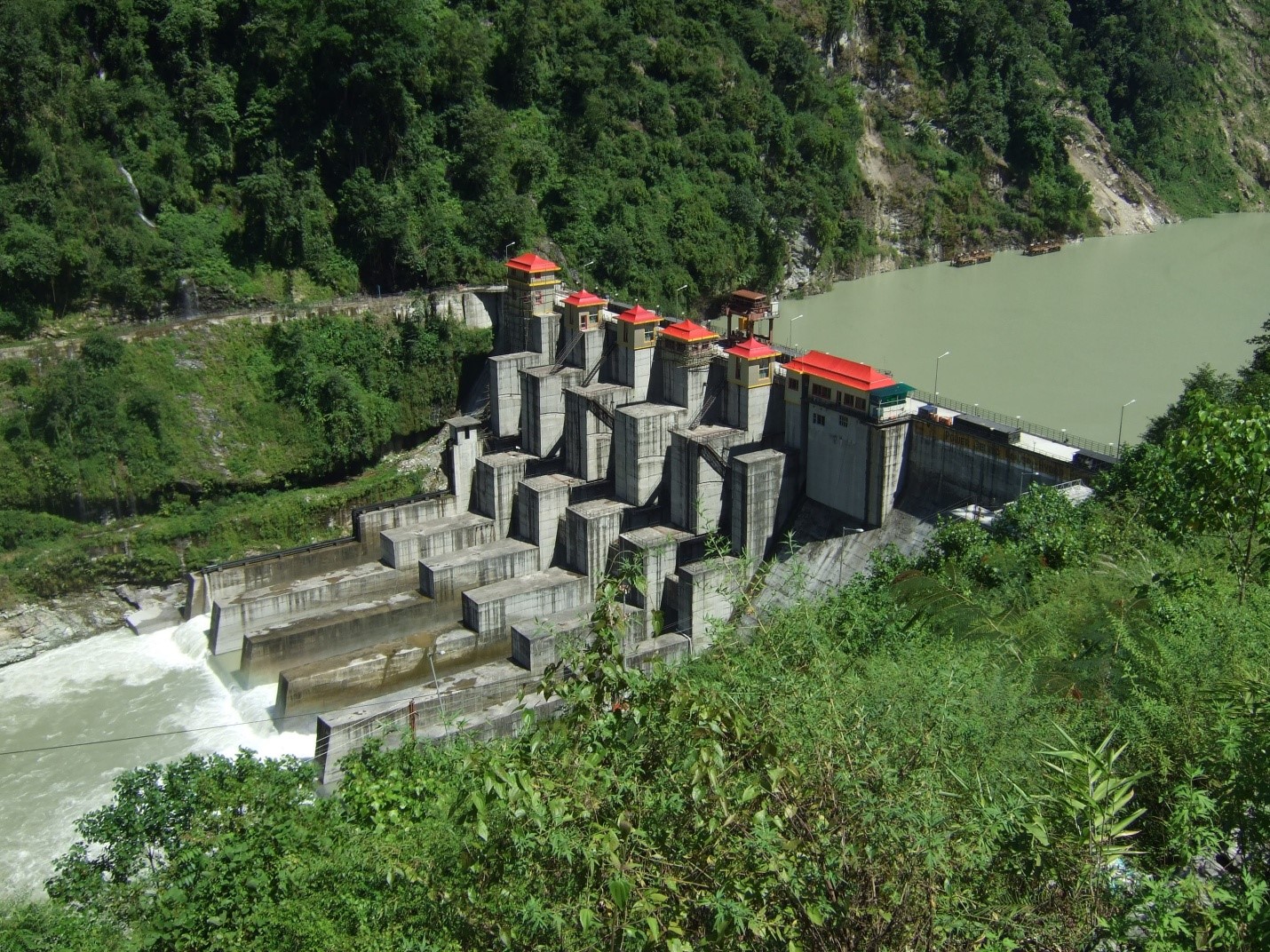
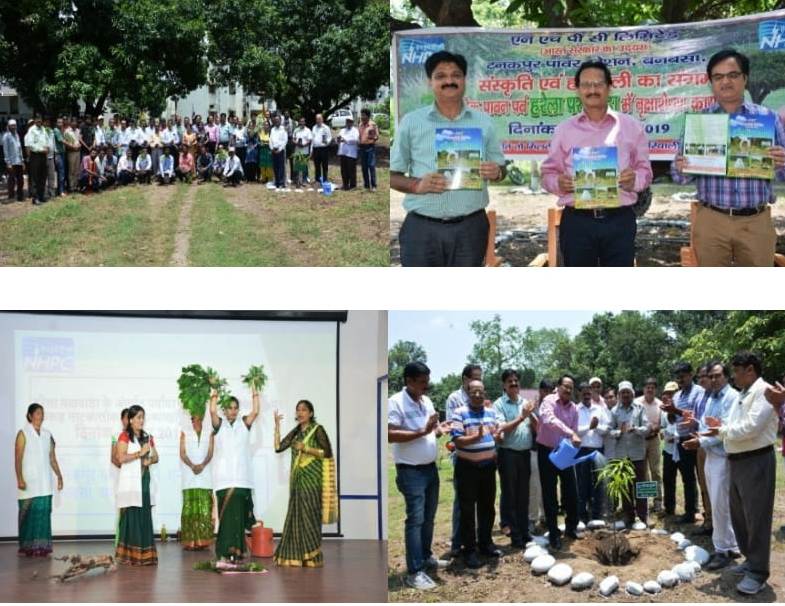
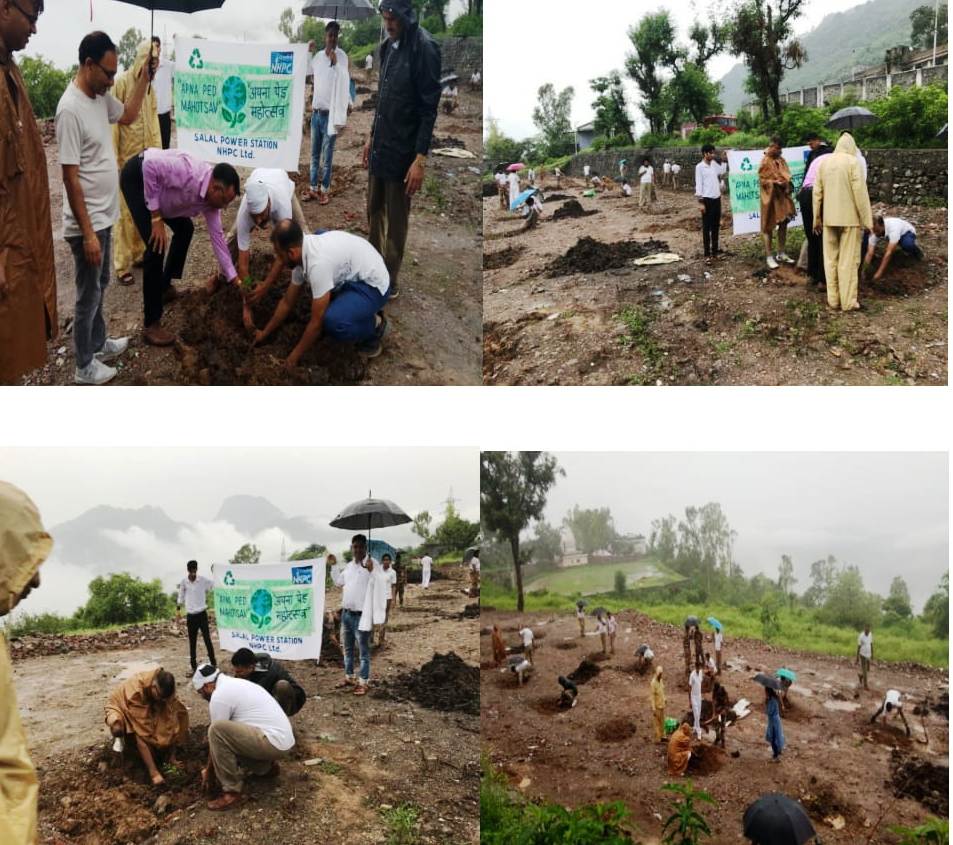



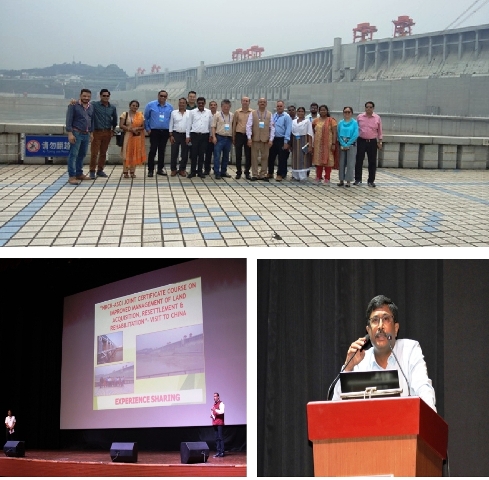



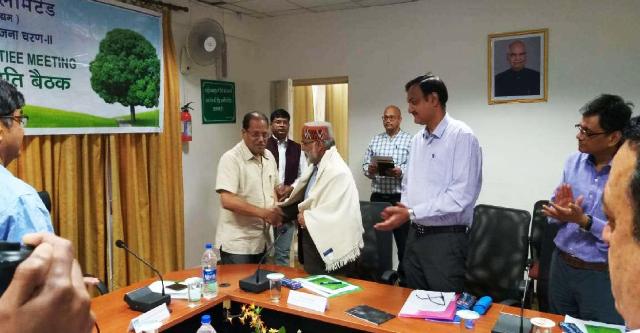

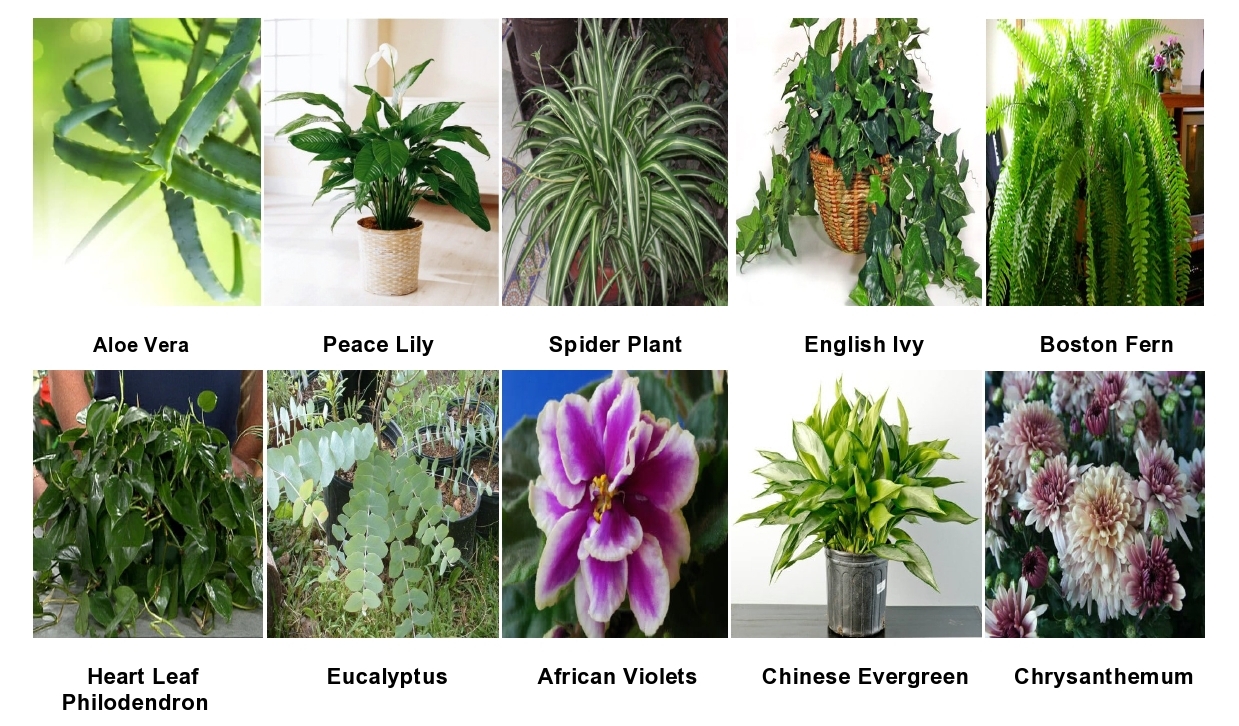
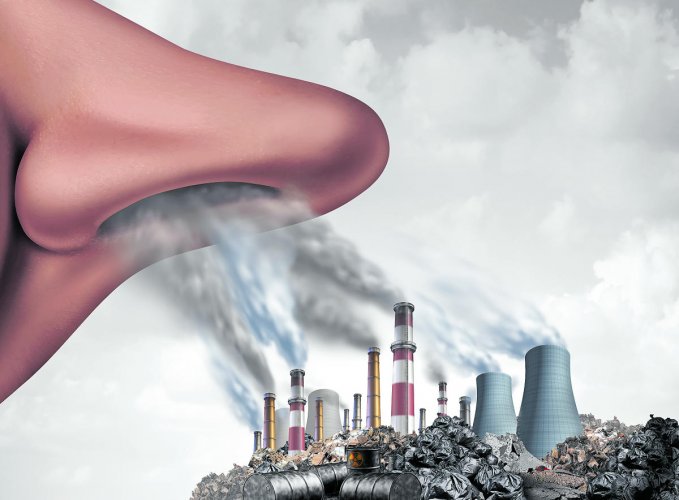
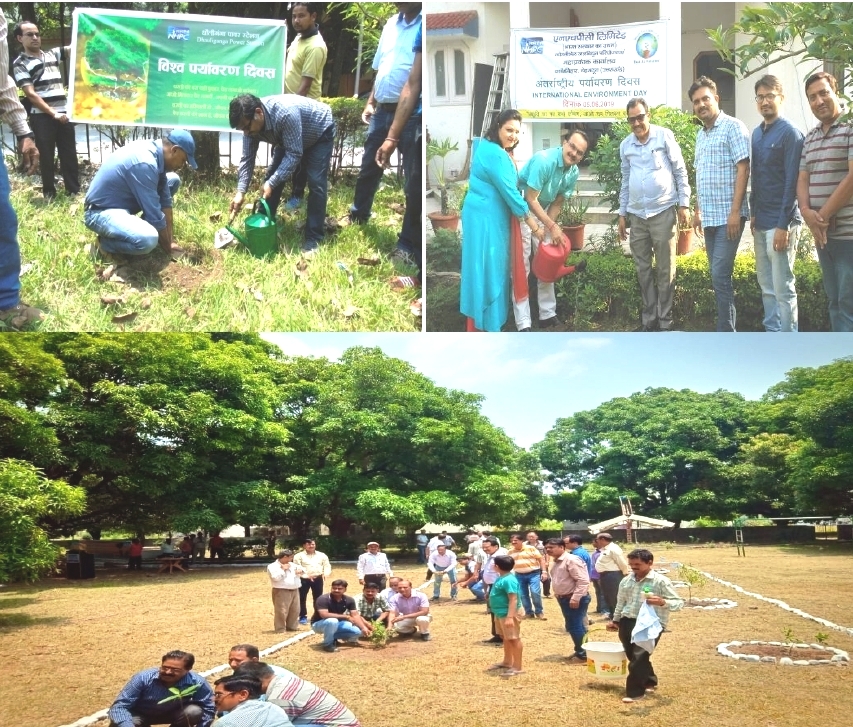
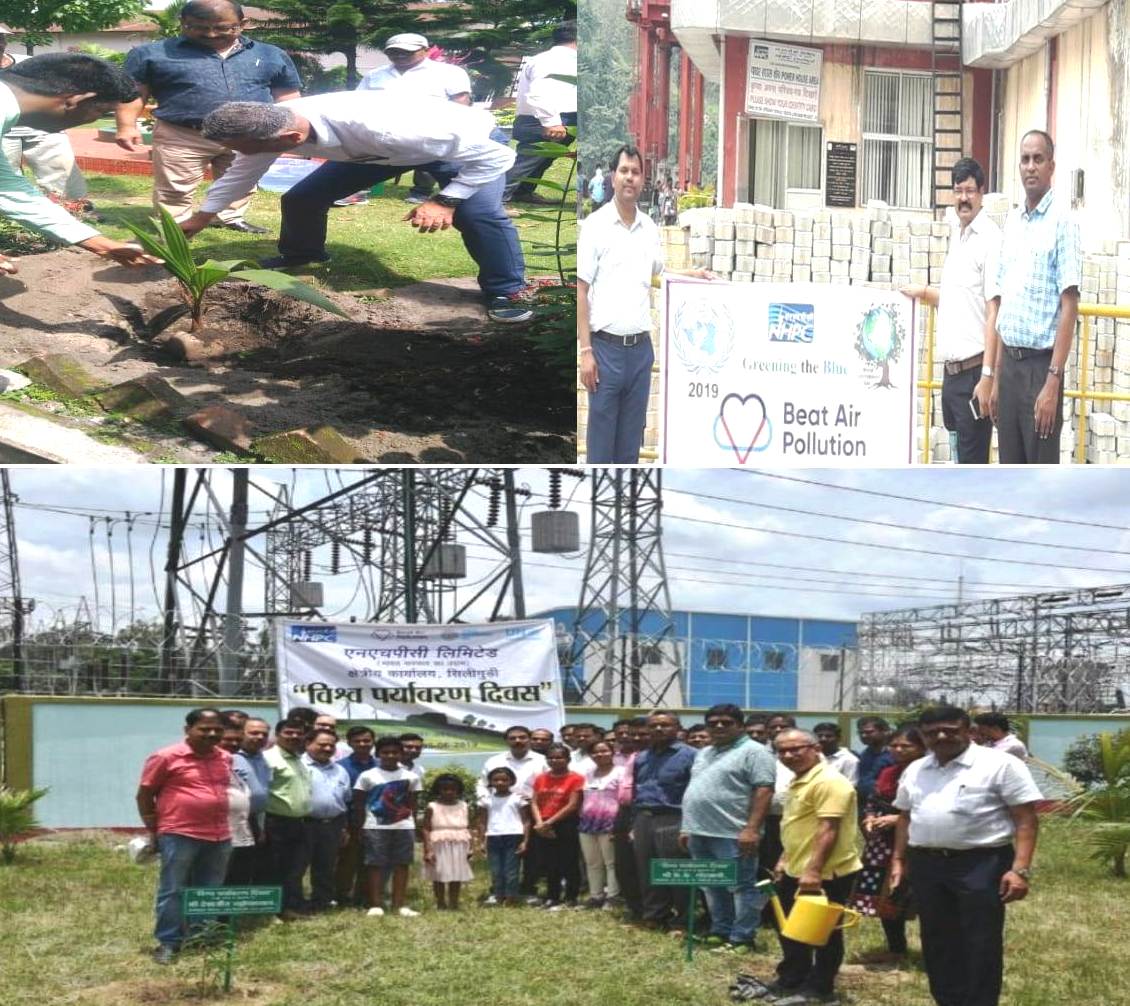

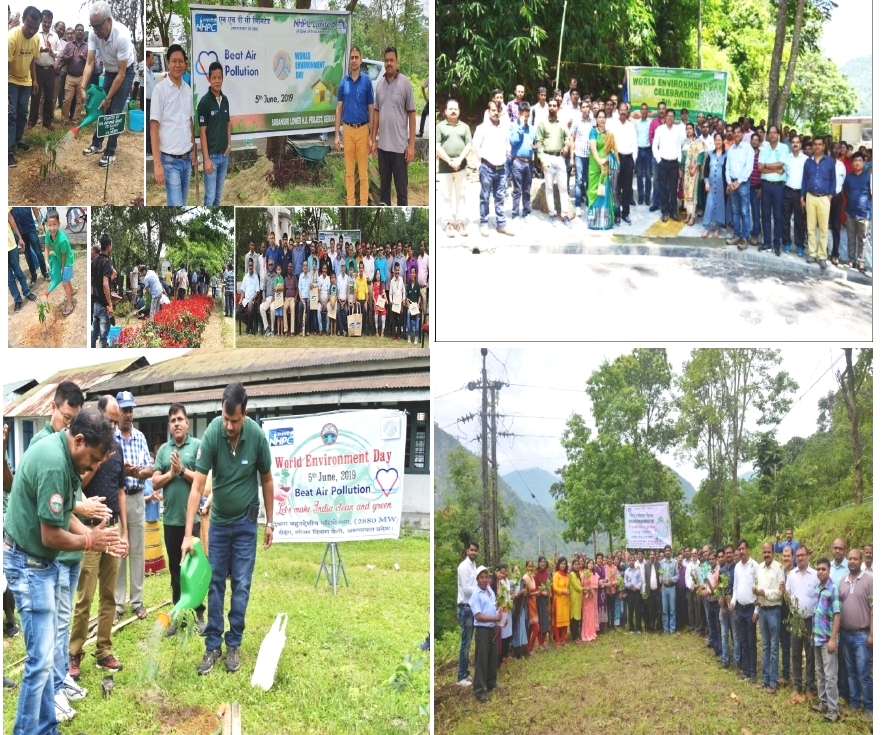
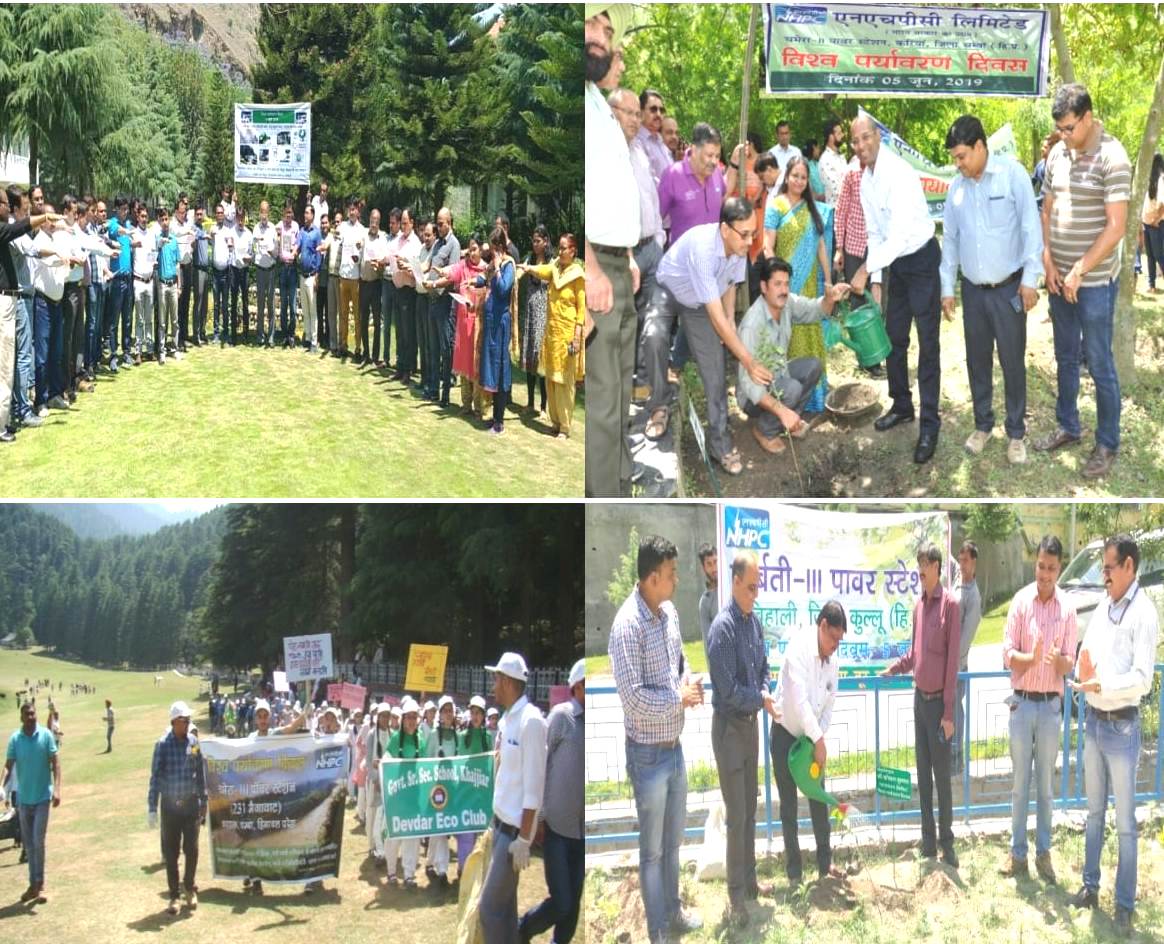
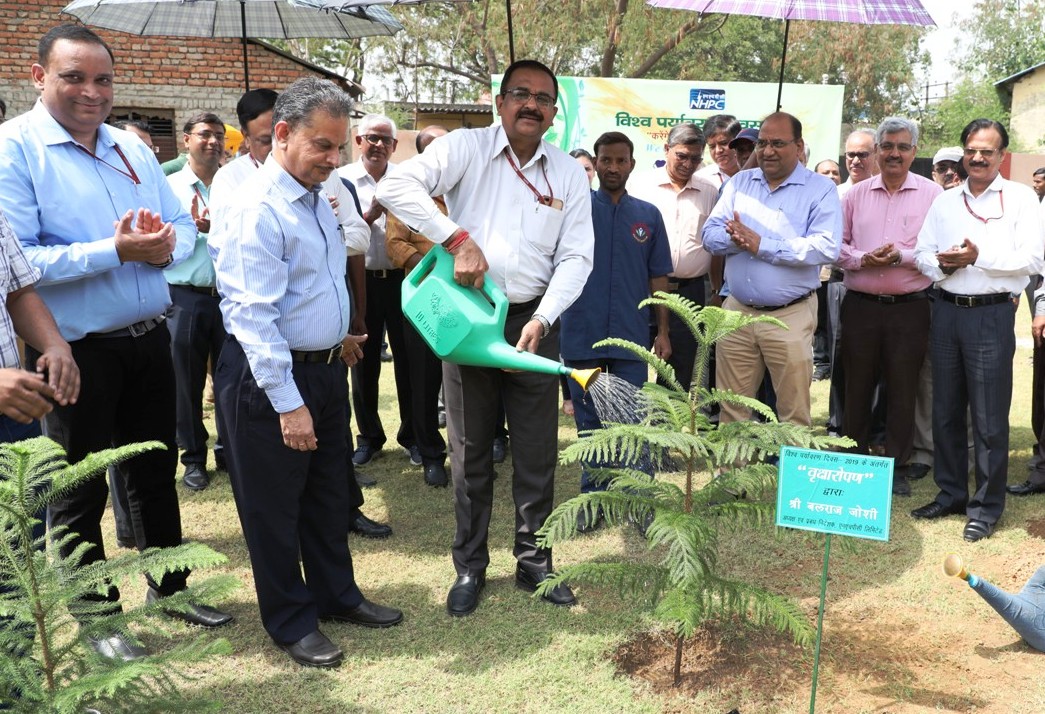

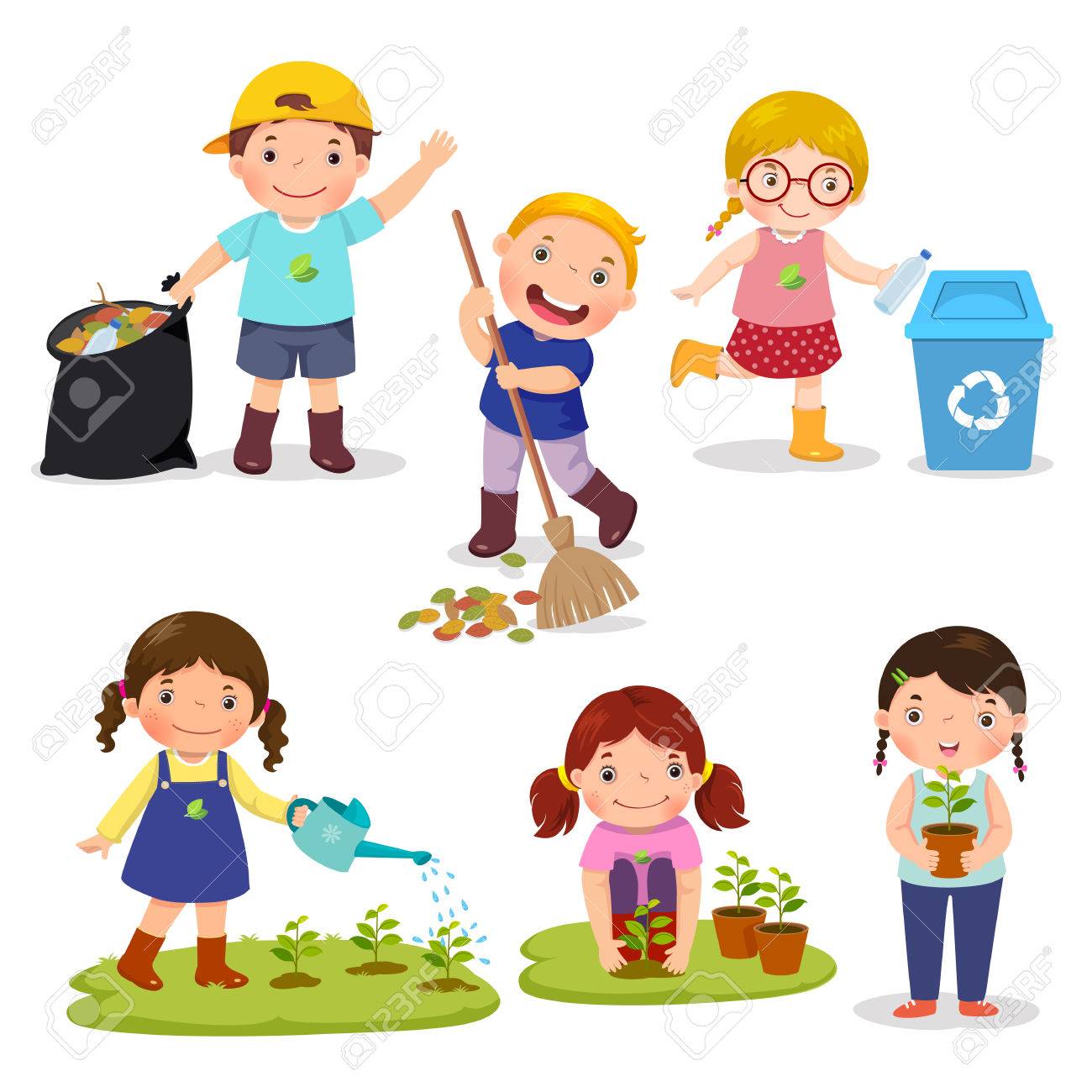
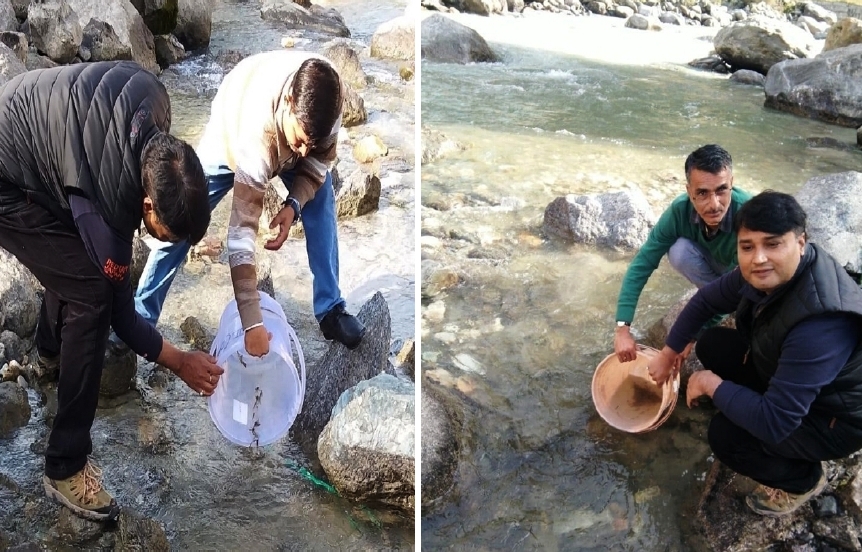


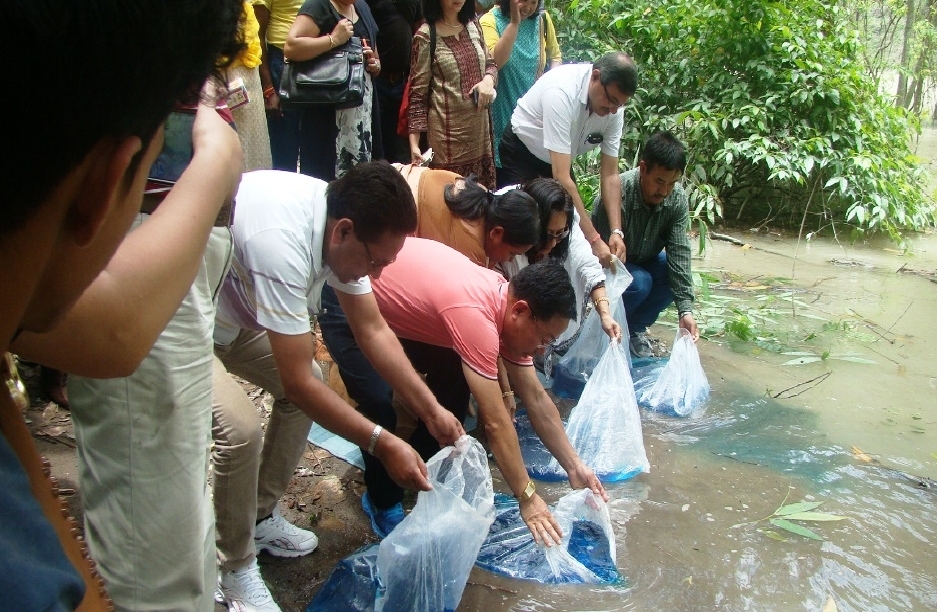
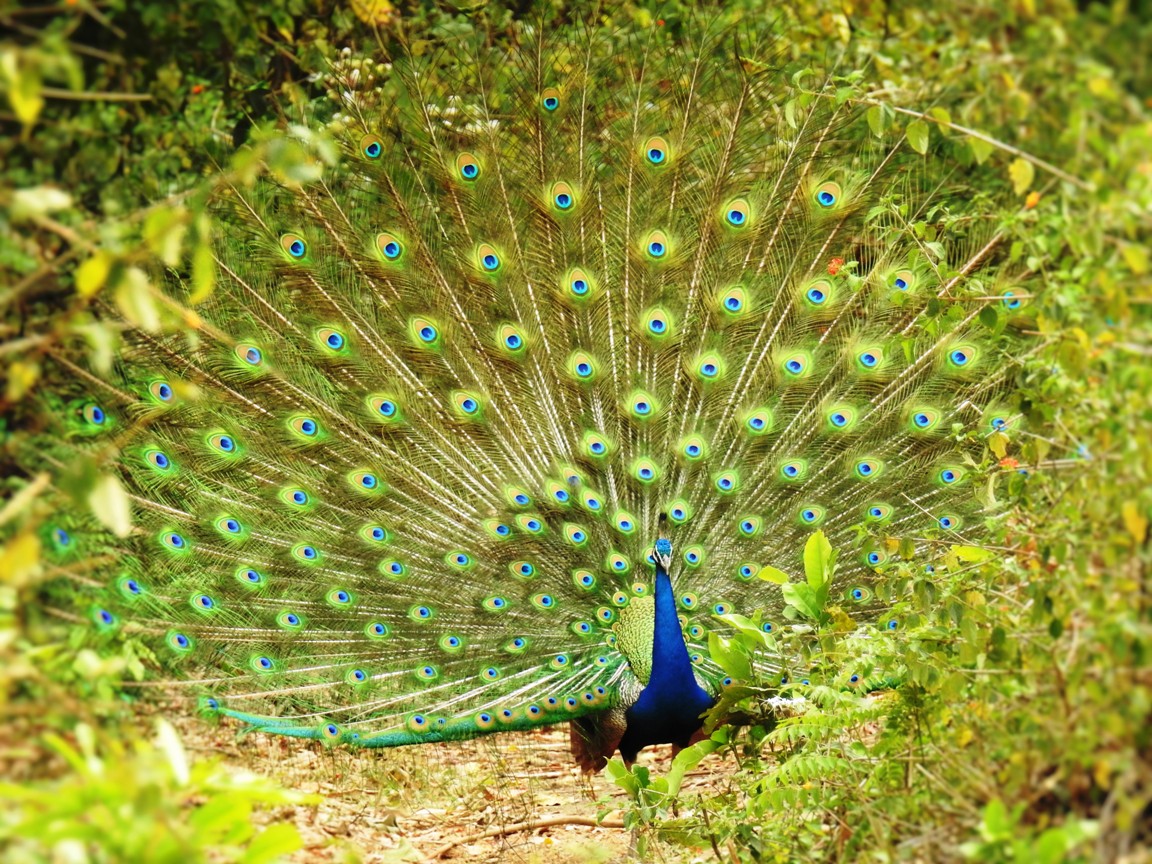
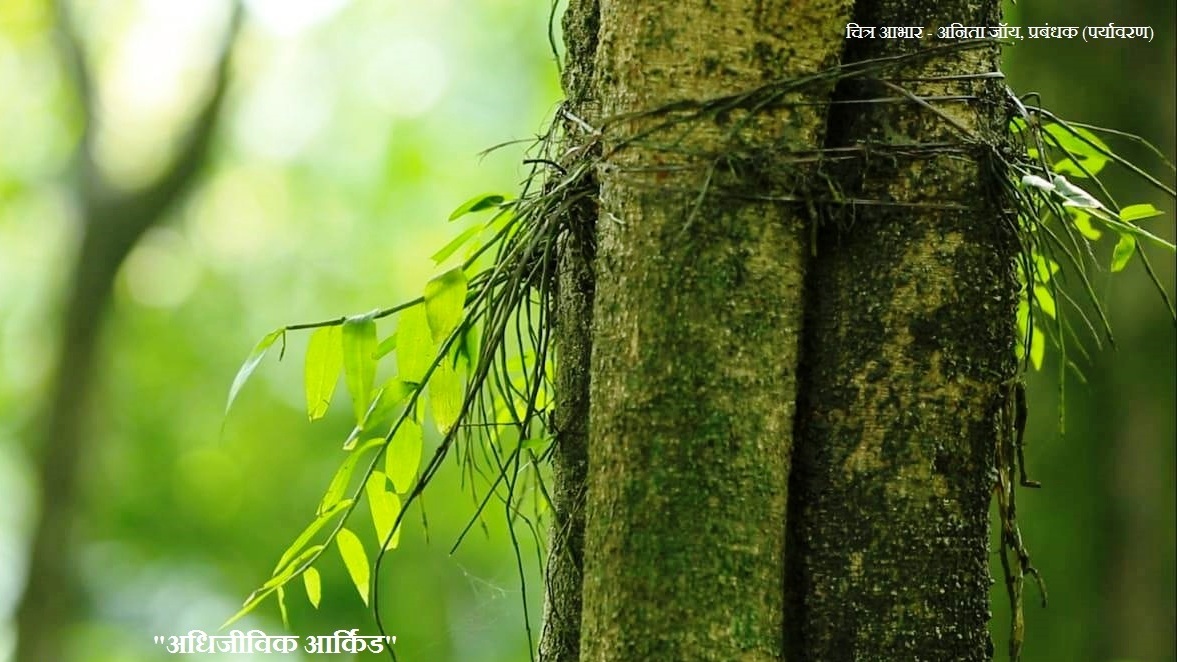
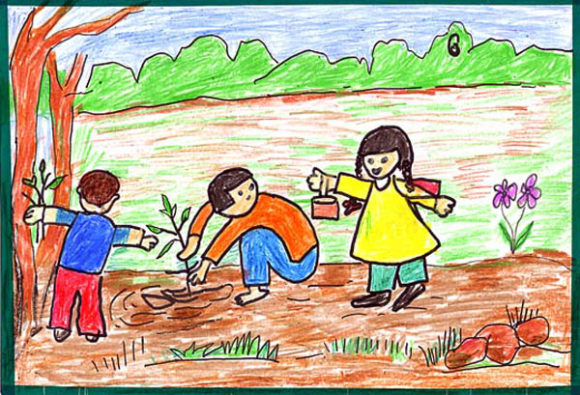

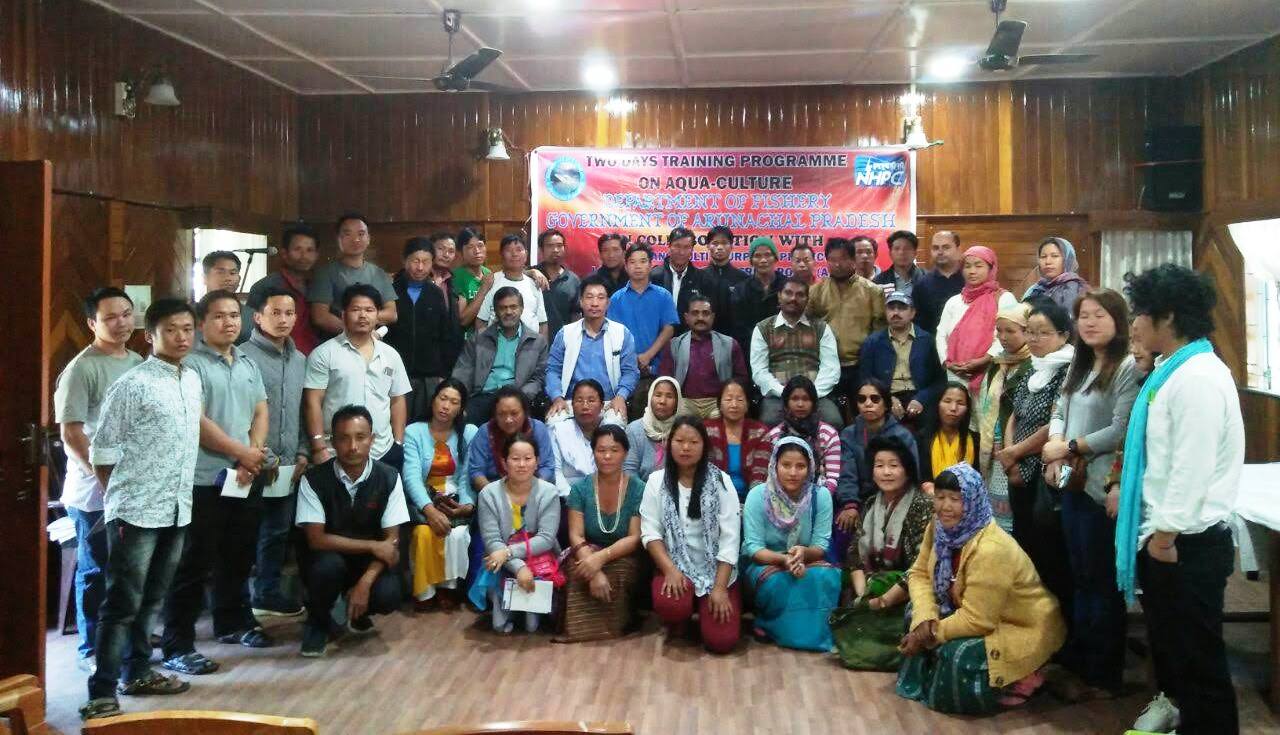

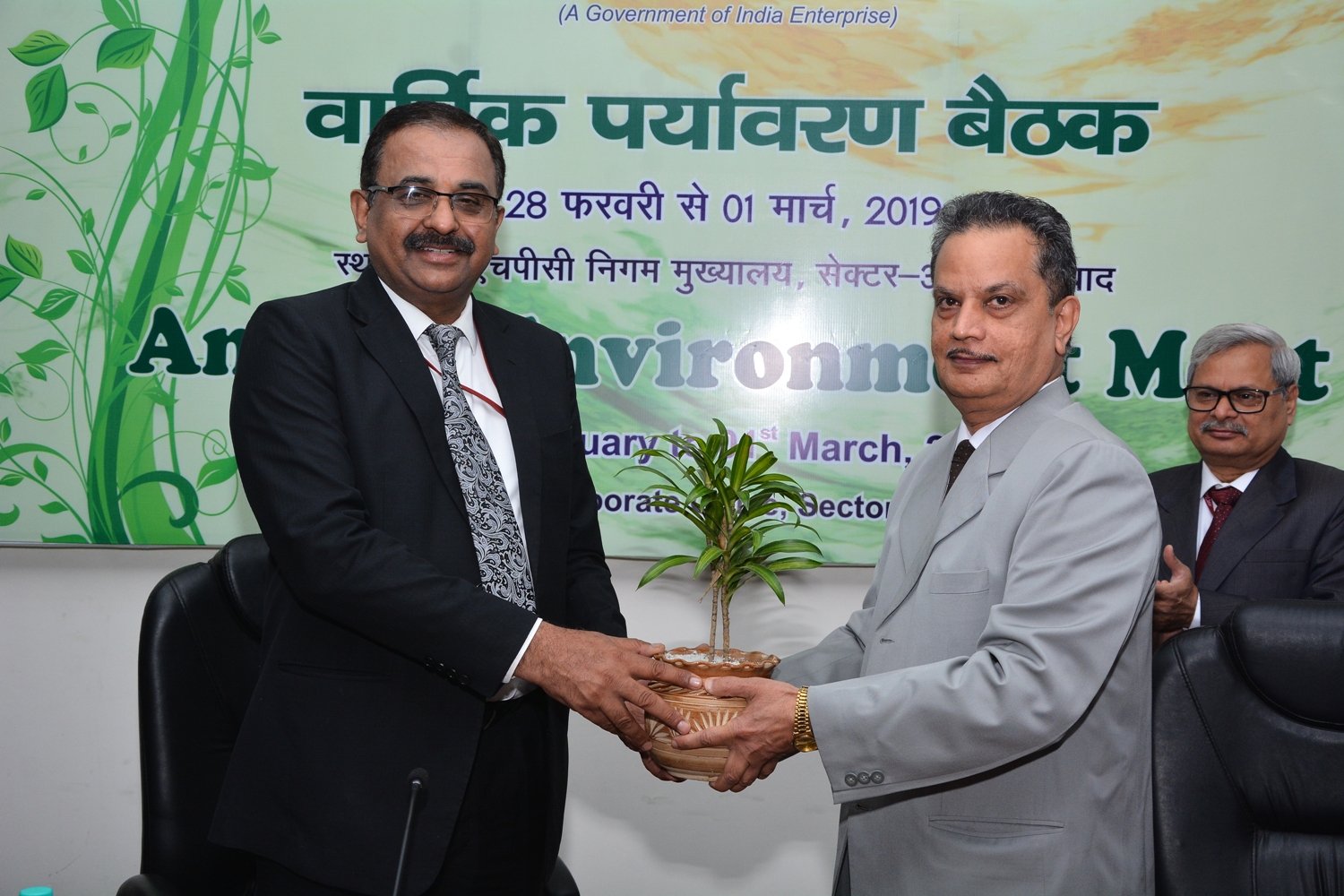









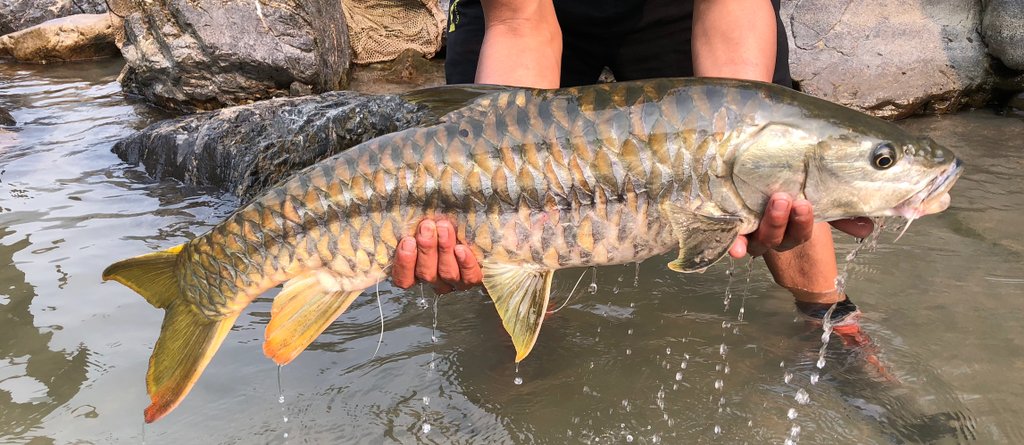
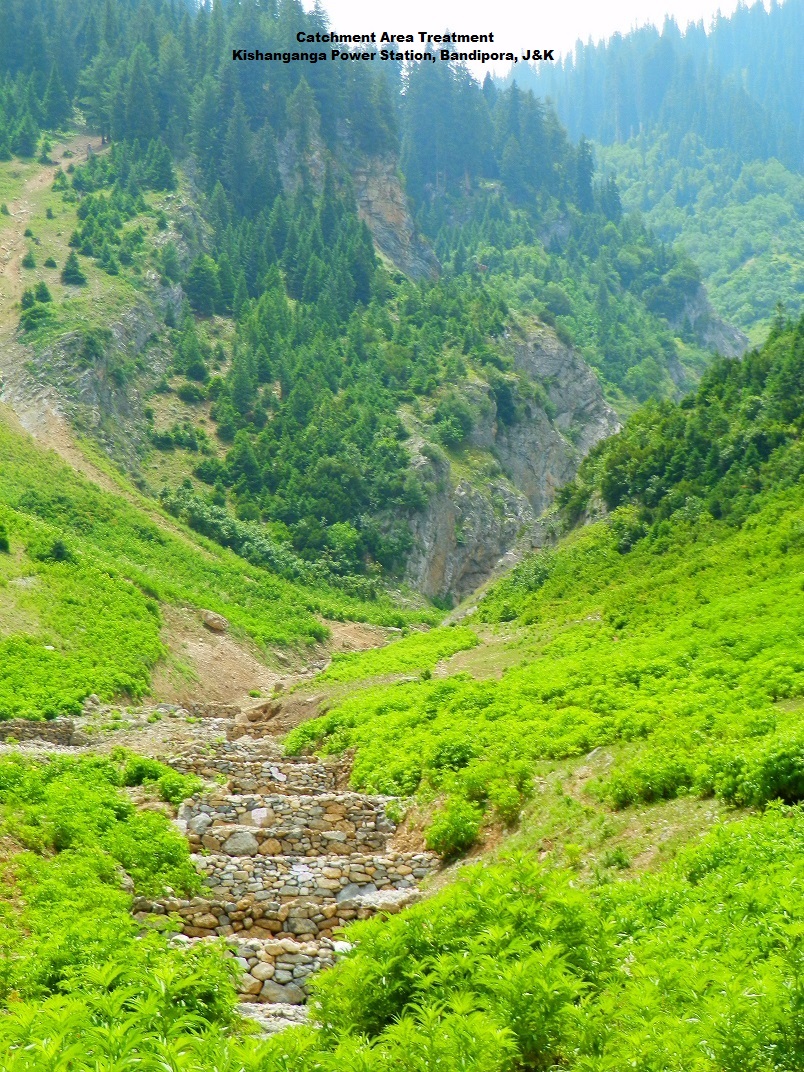
Leave a Reply